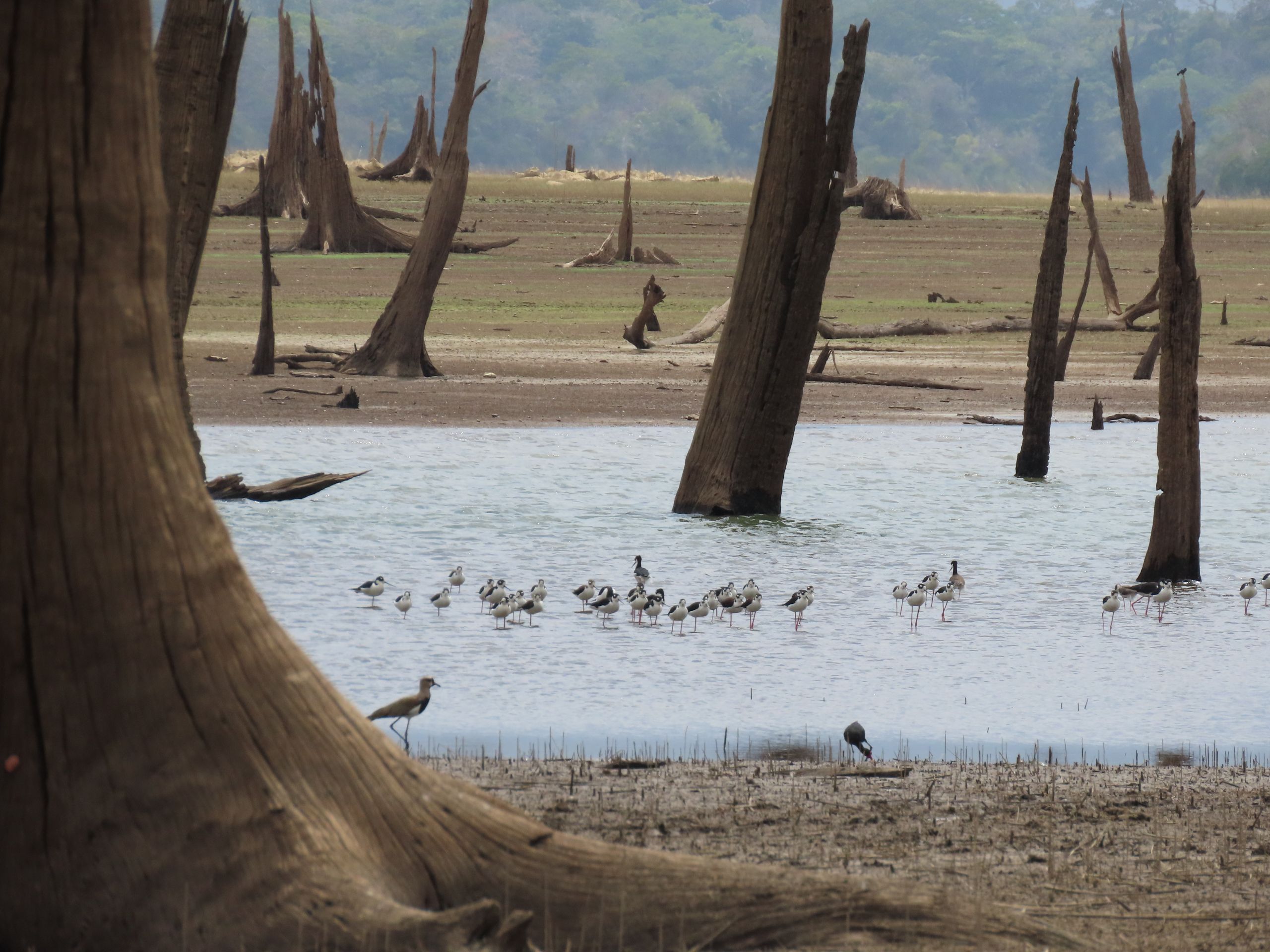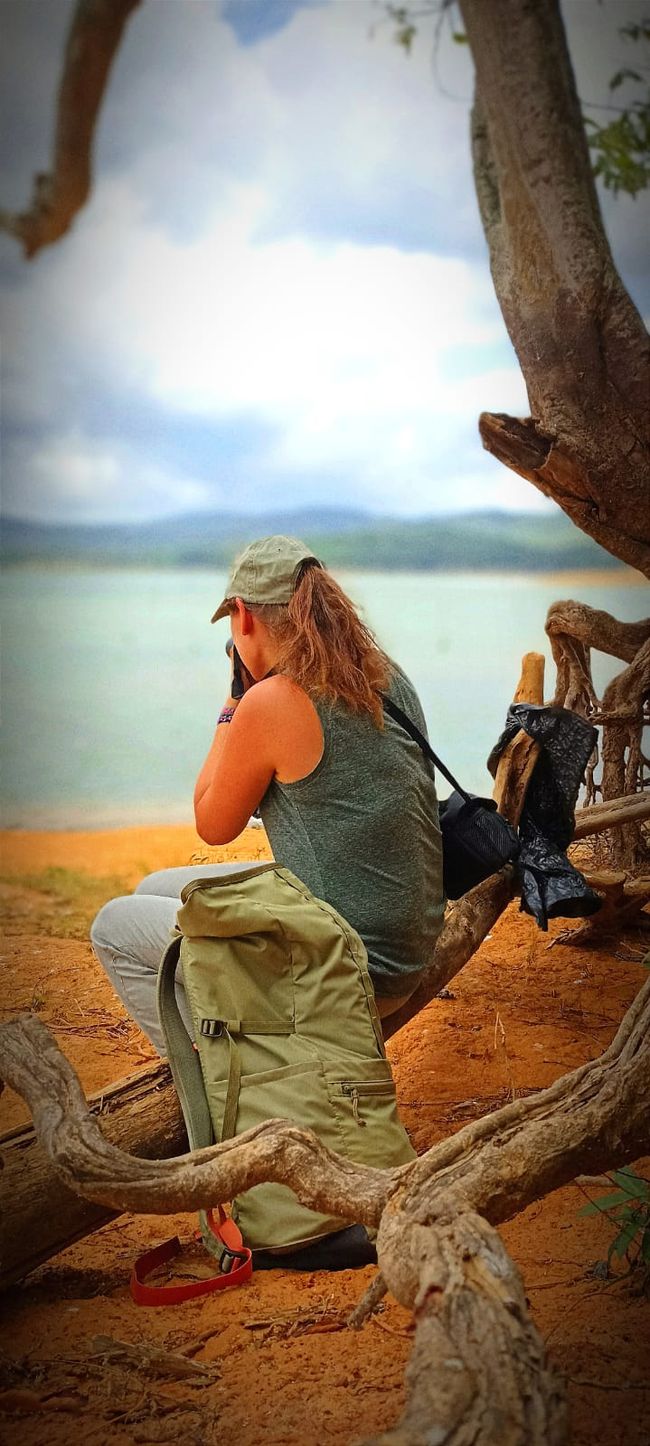Tortuguero - My absolute favorite place on the Caribbean coast
ที่ตีพิมพ์: 13.01.2023
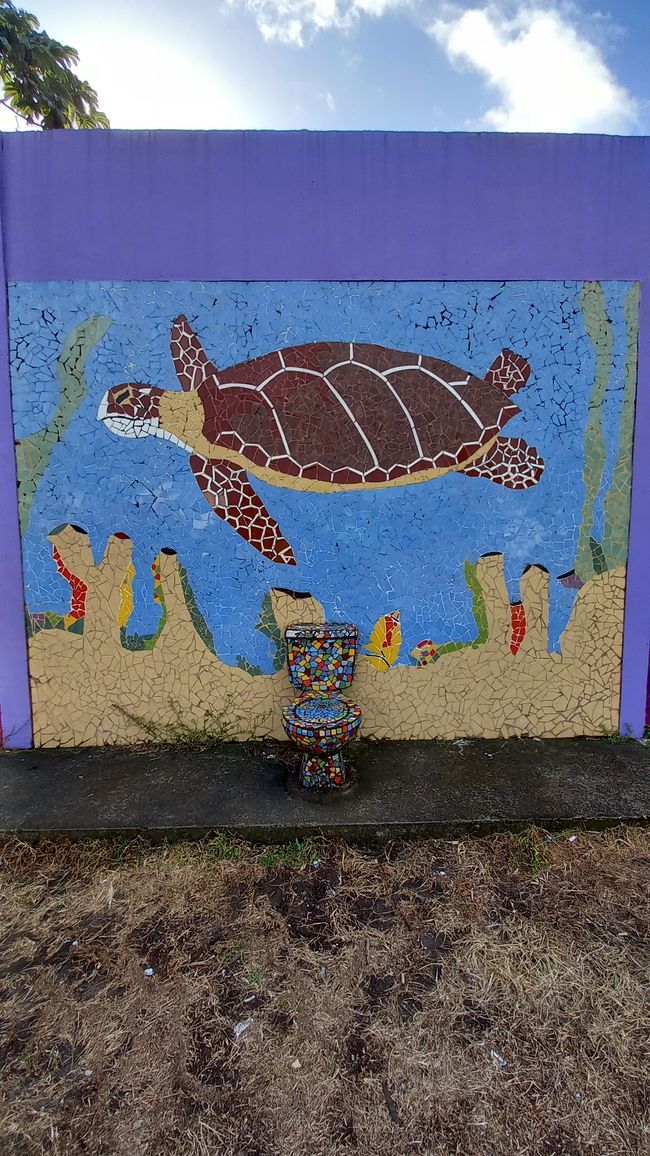

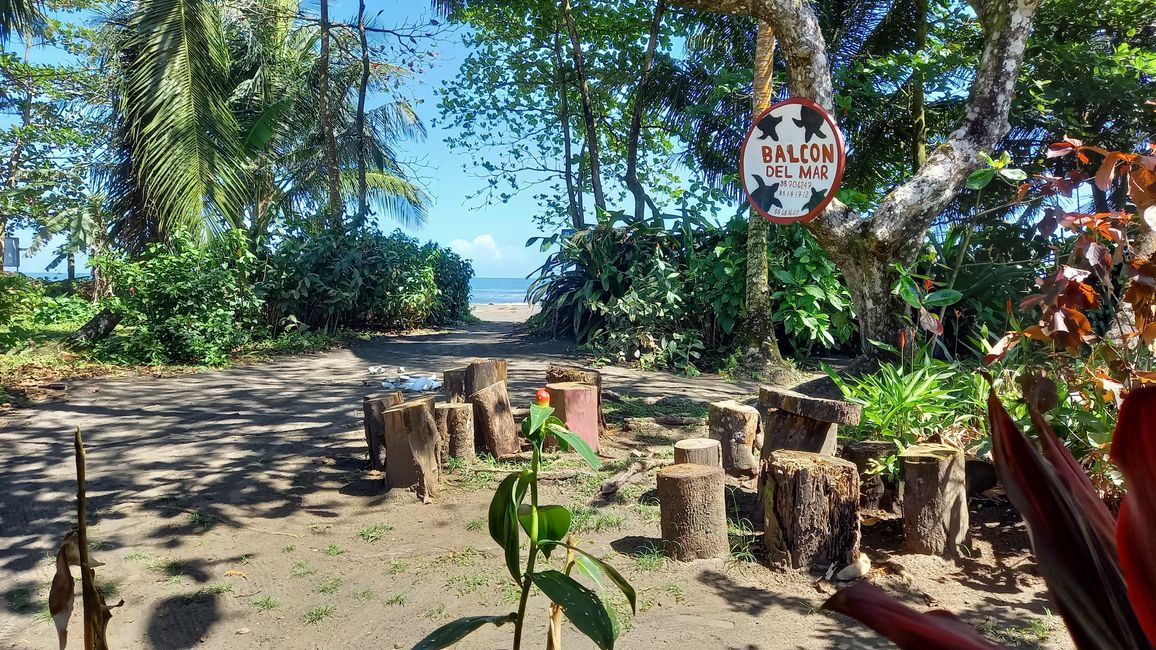
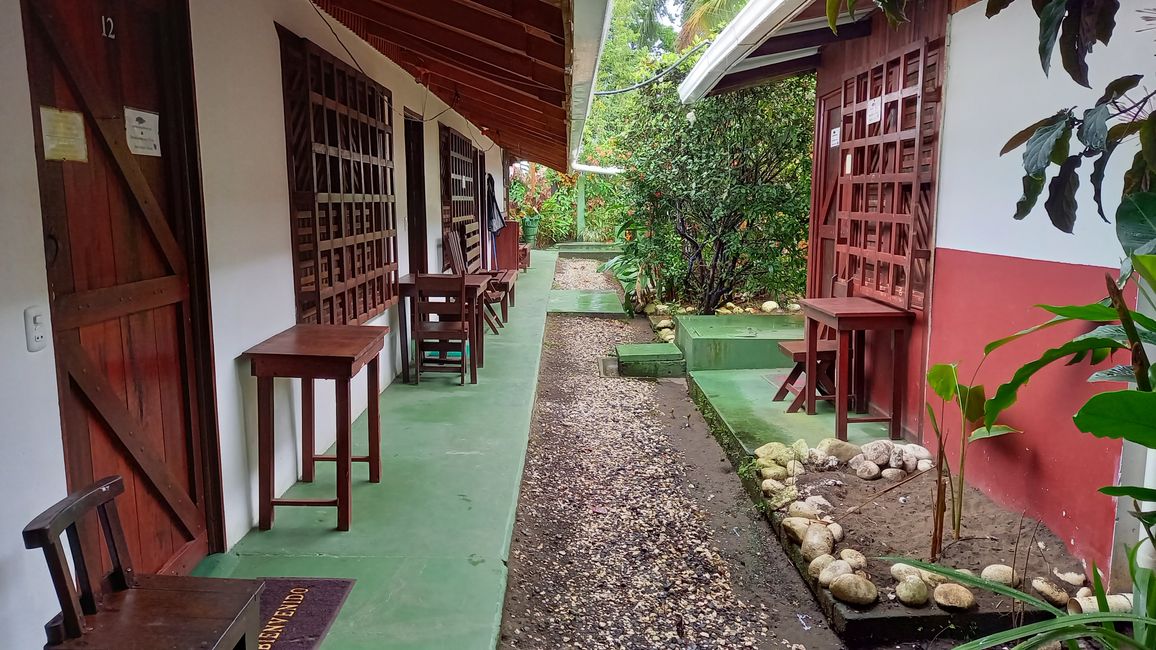
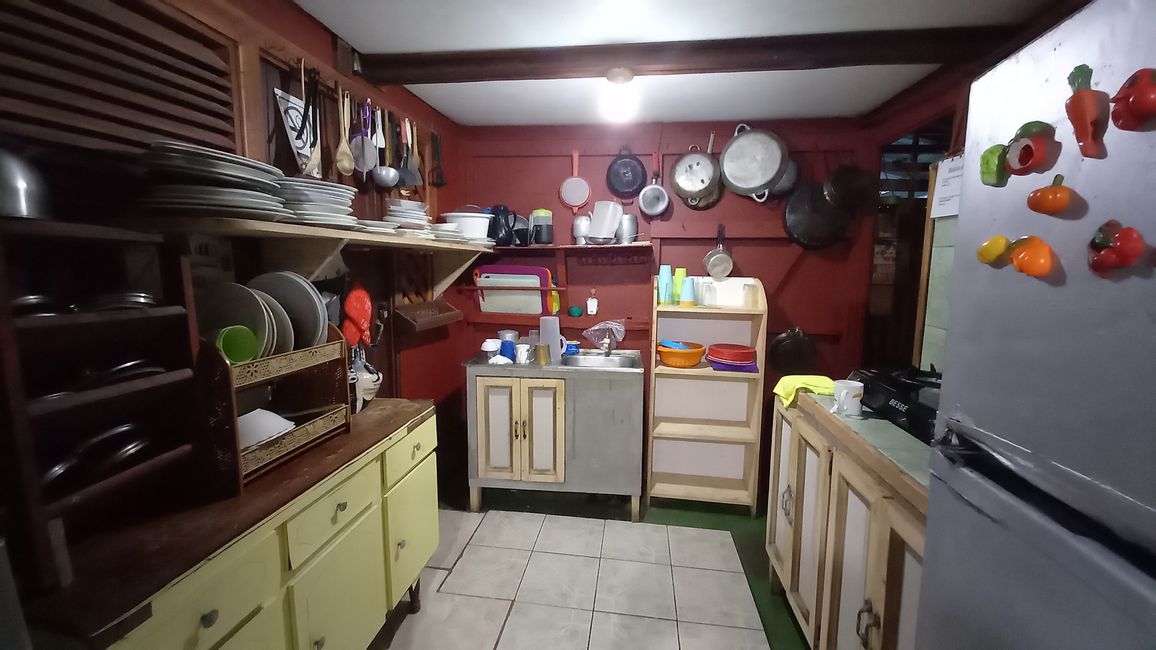
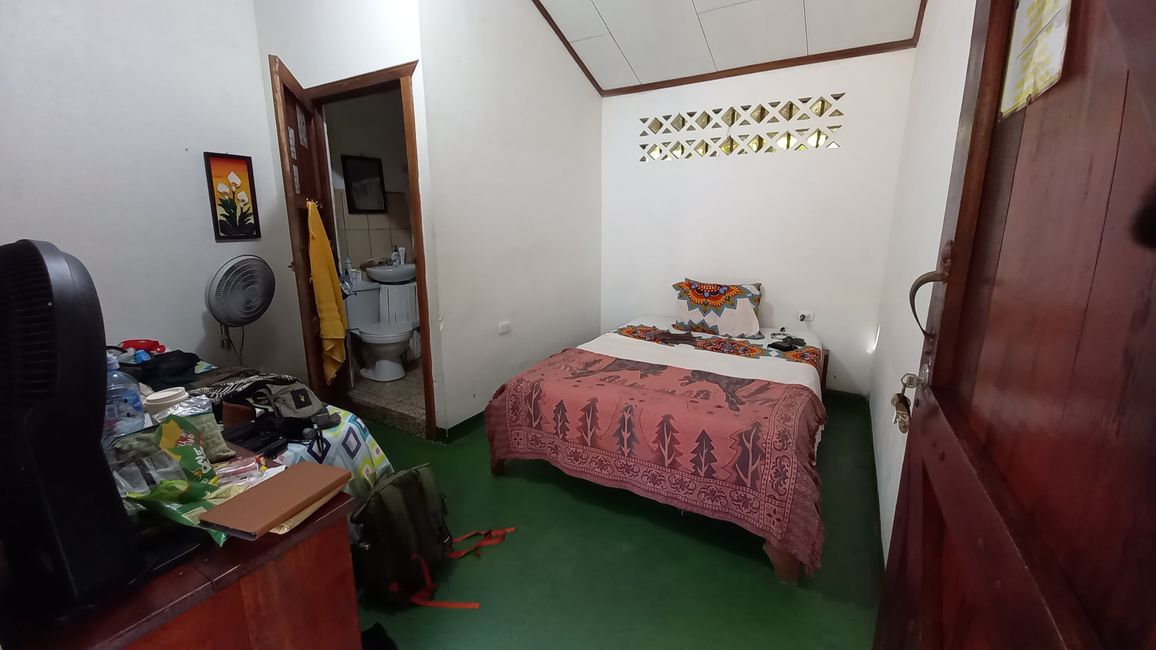
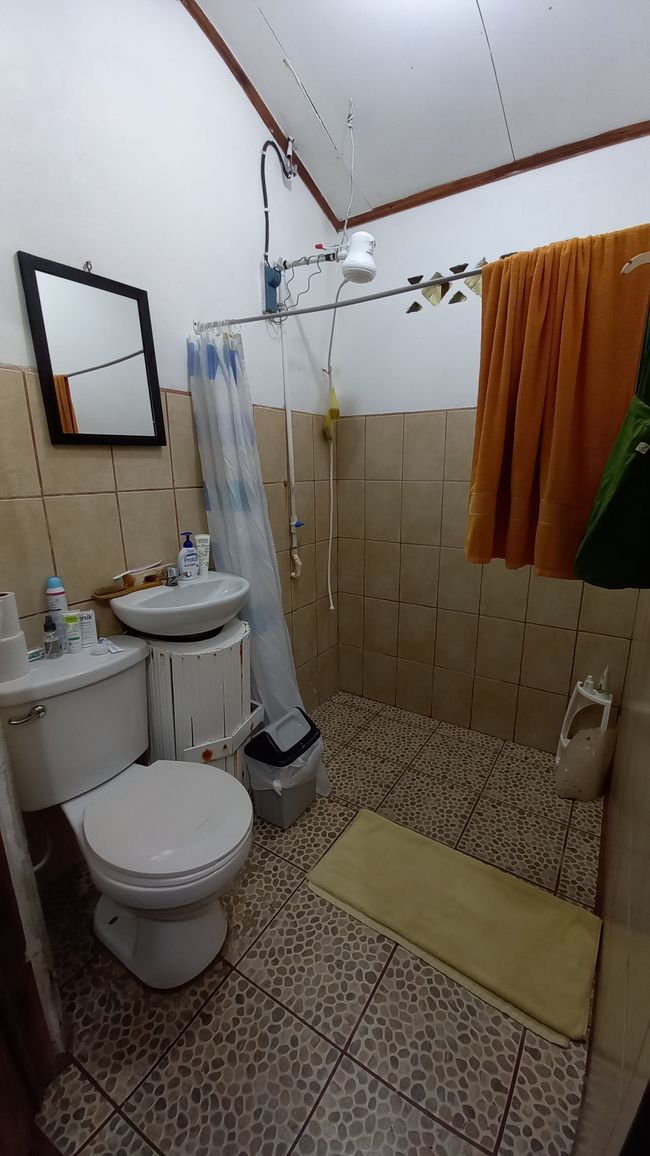
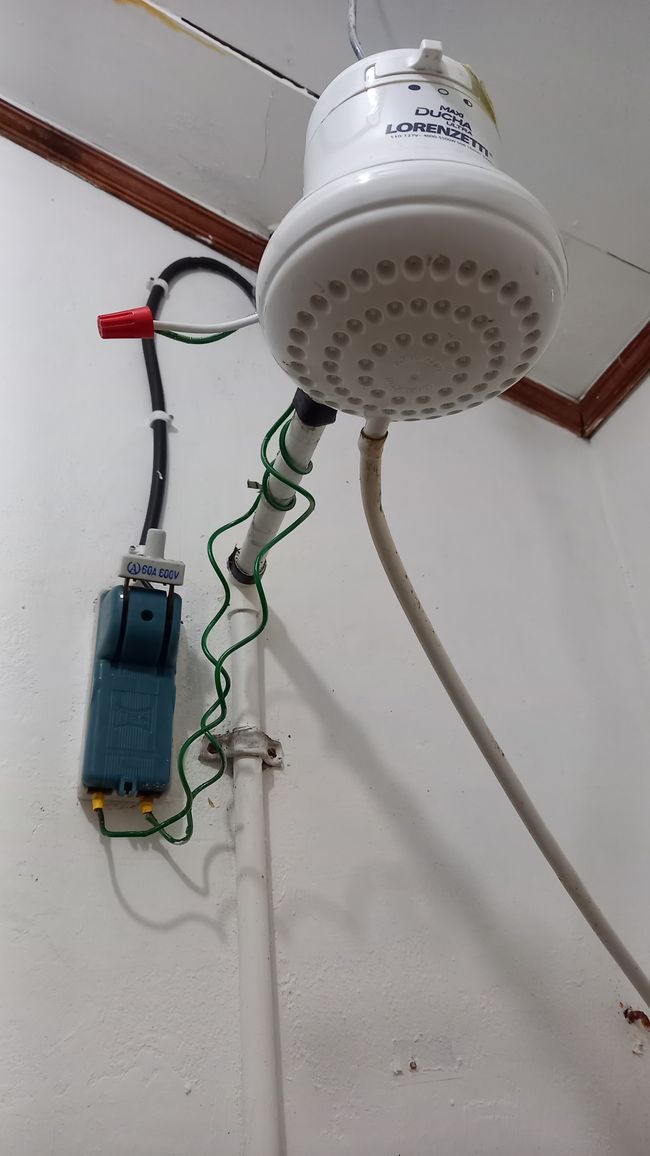
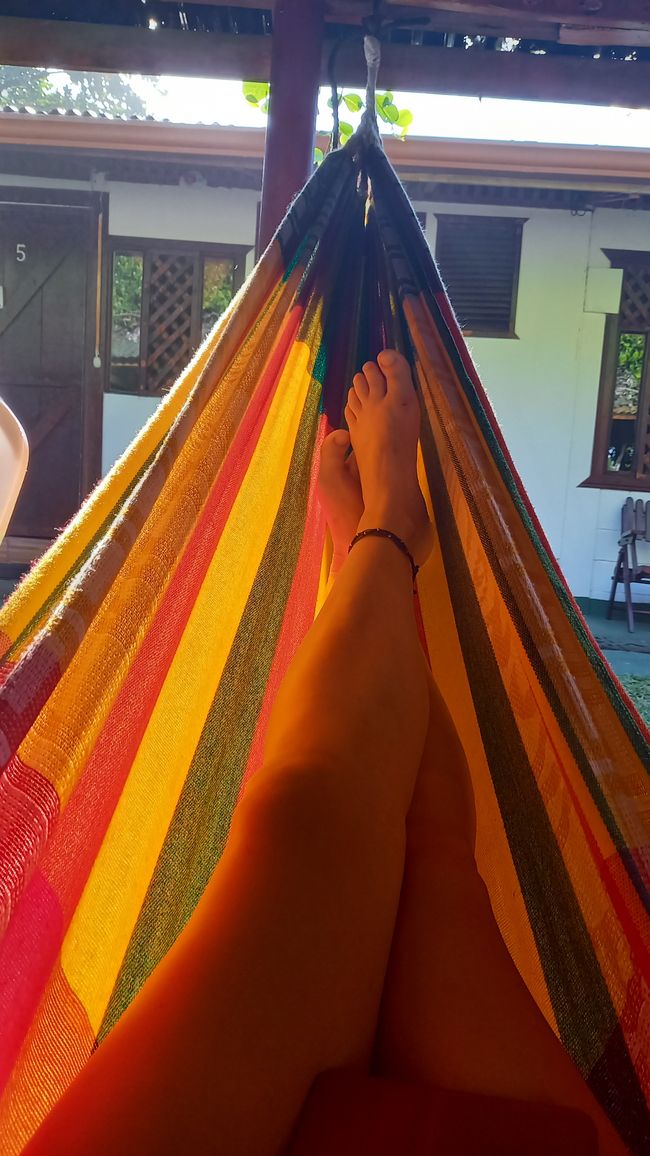
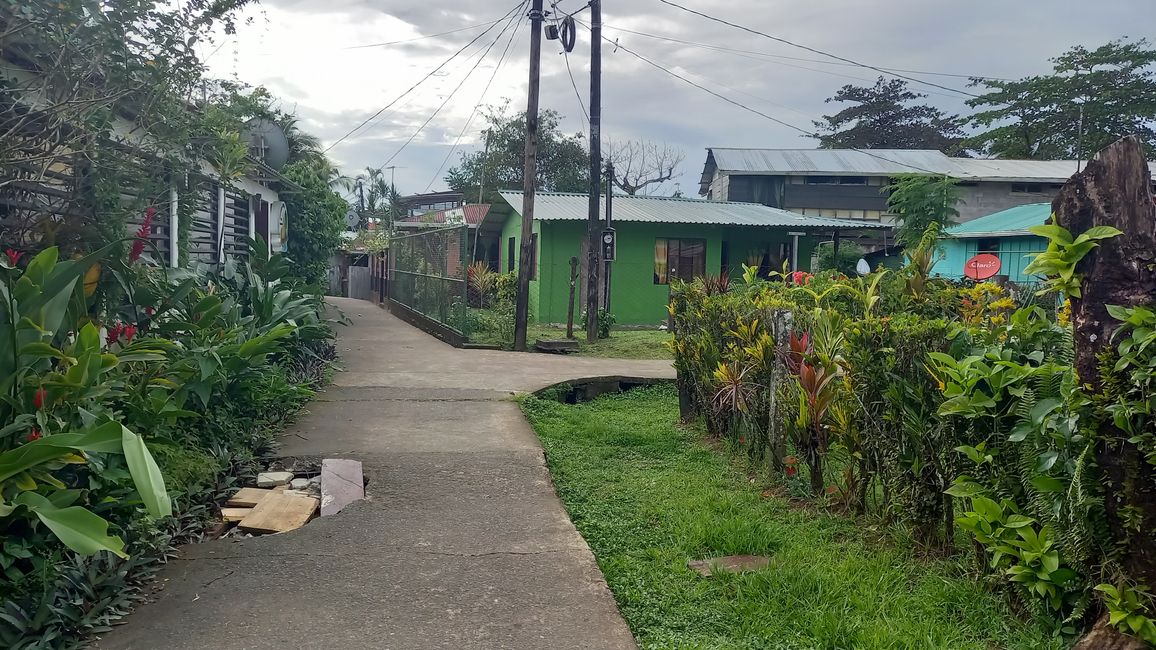
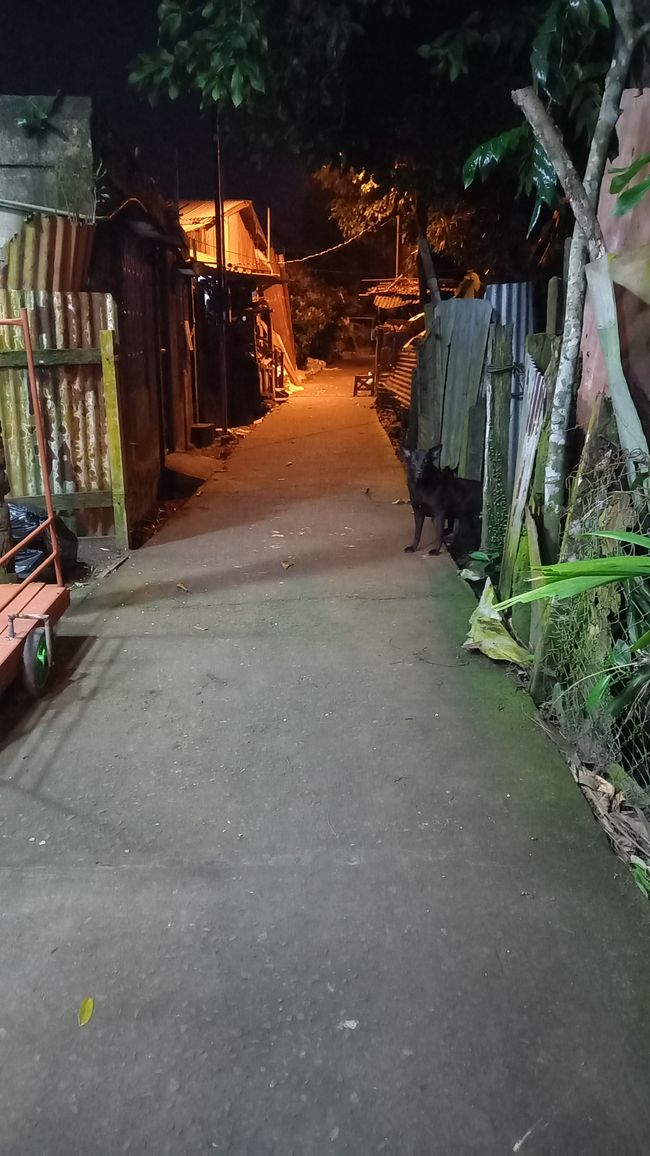
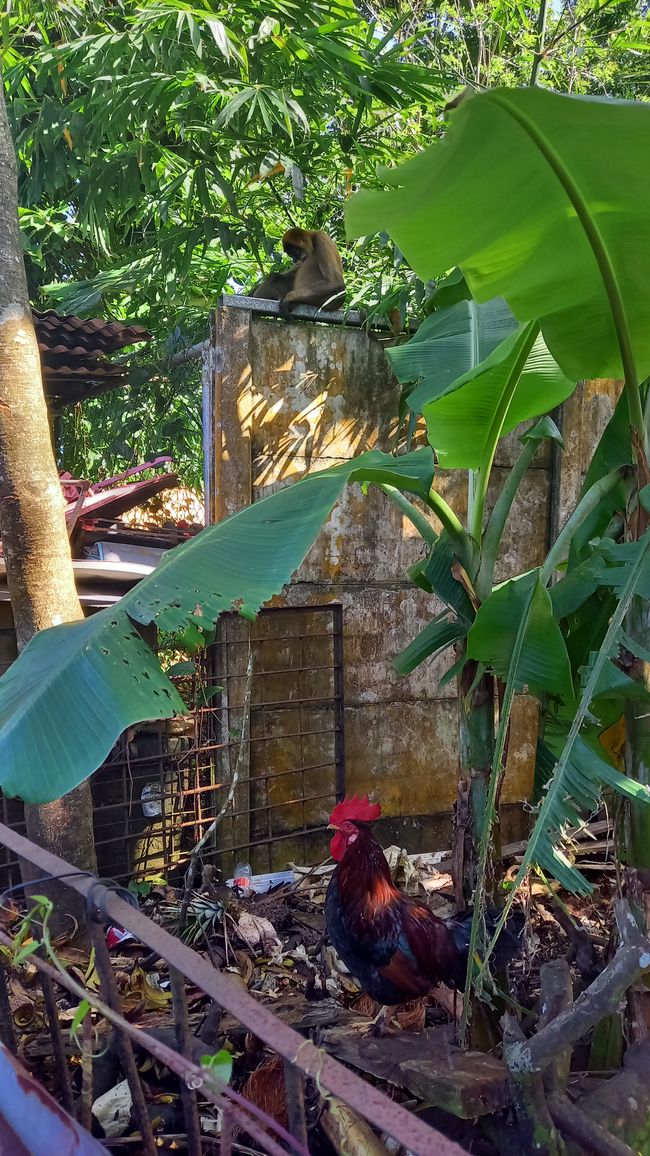
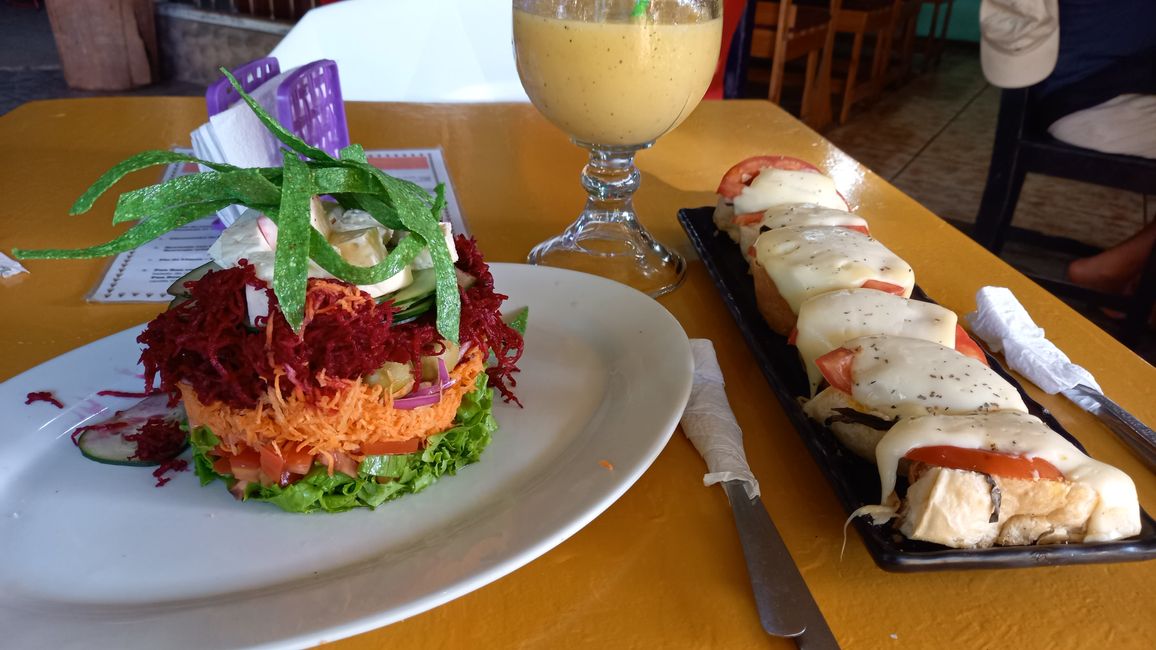
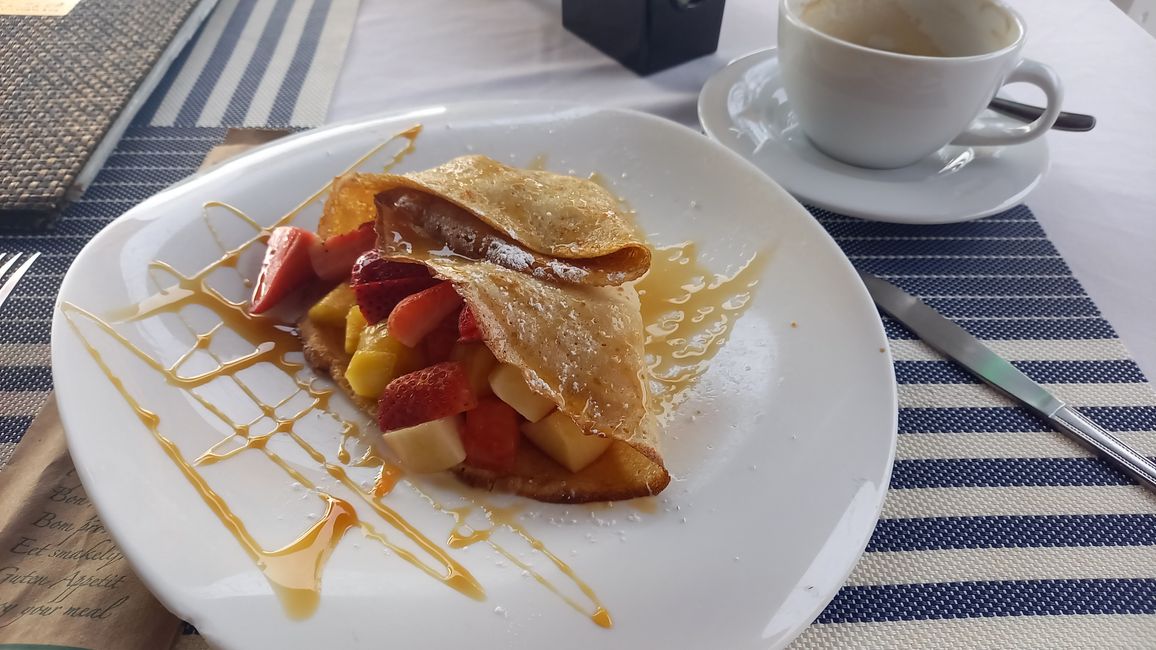
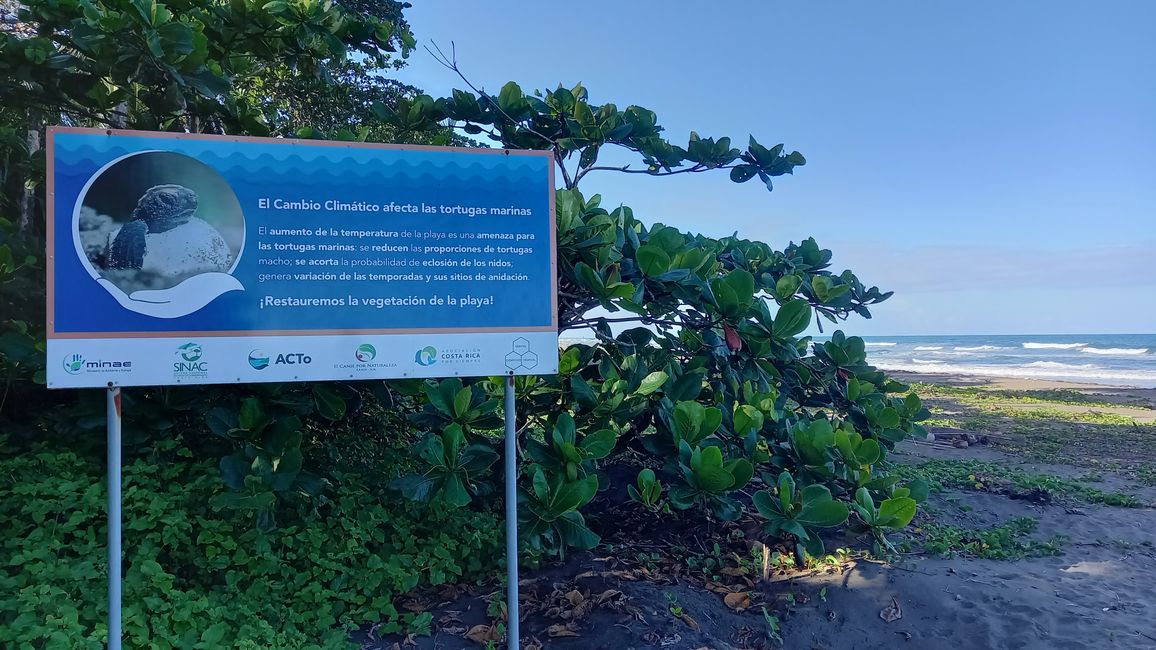
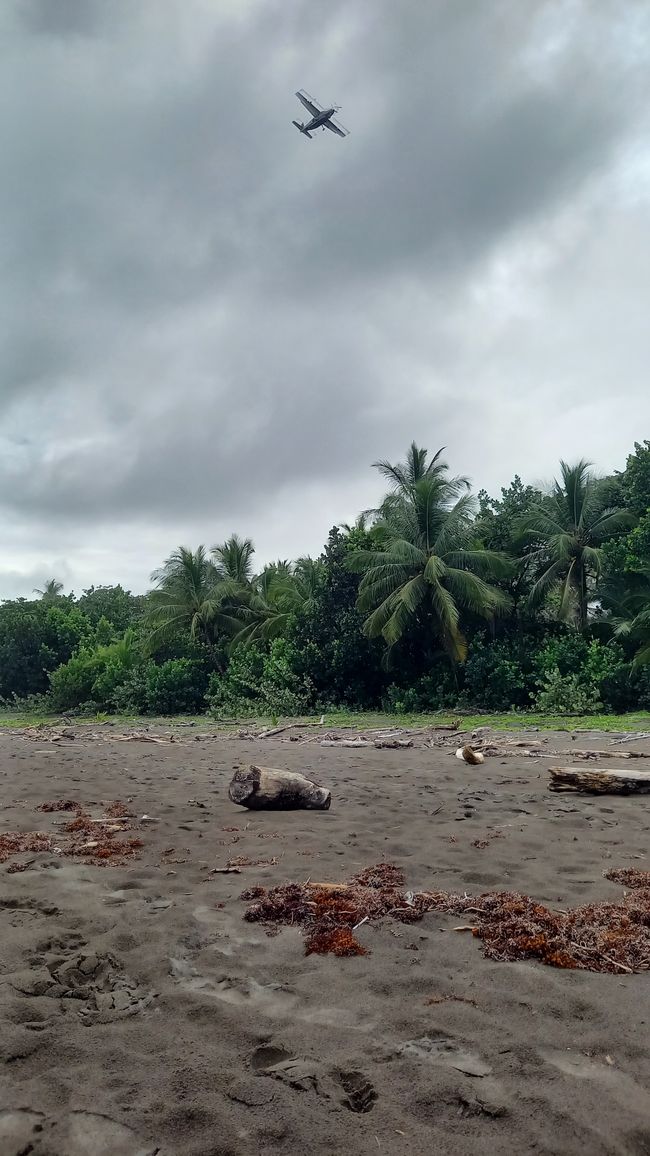
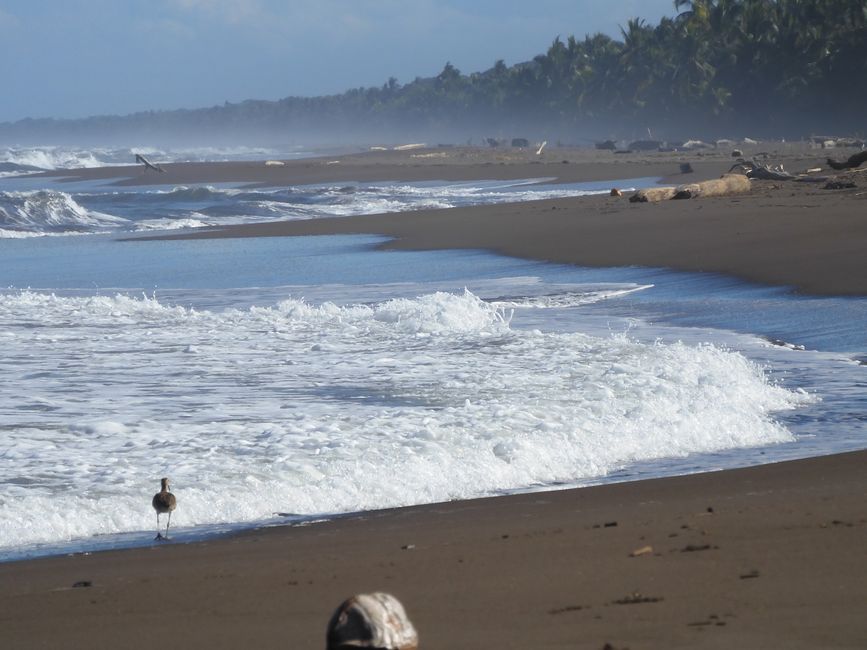
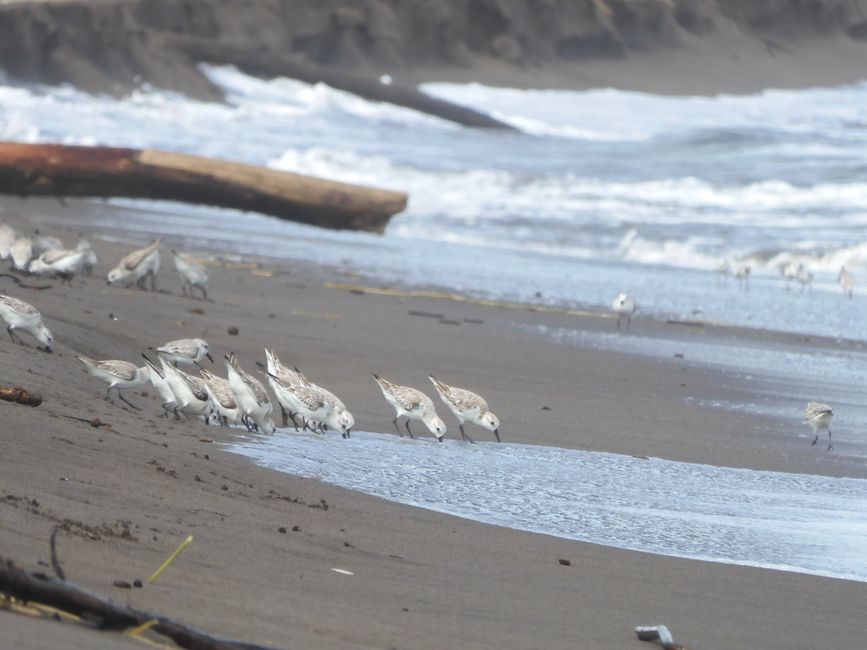
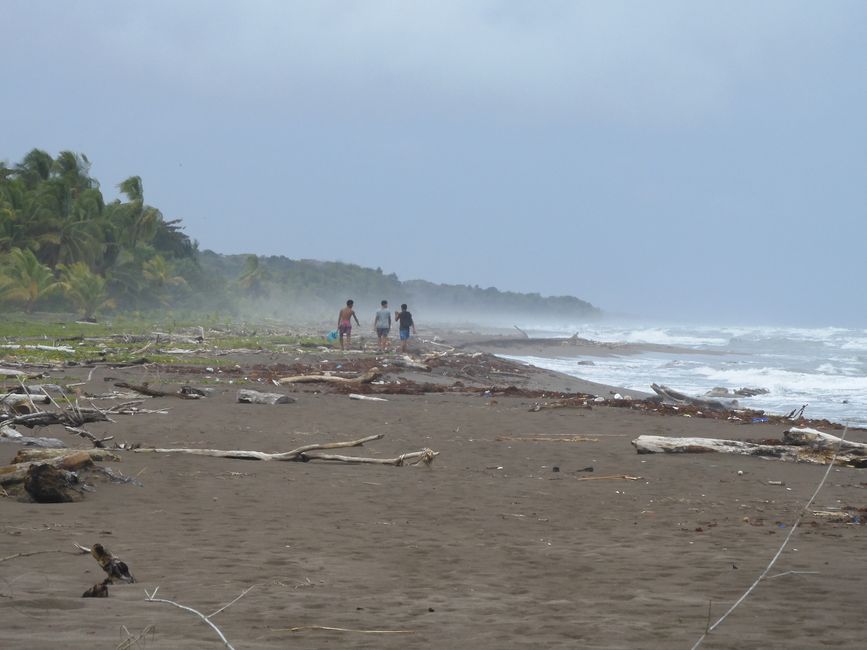
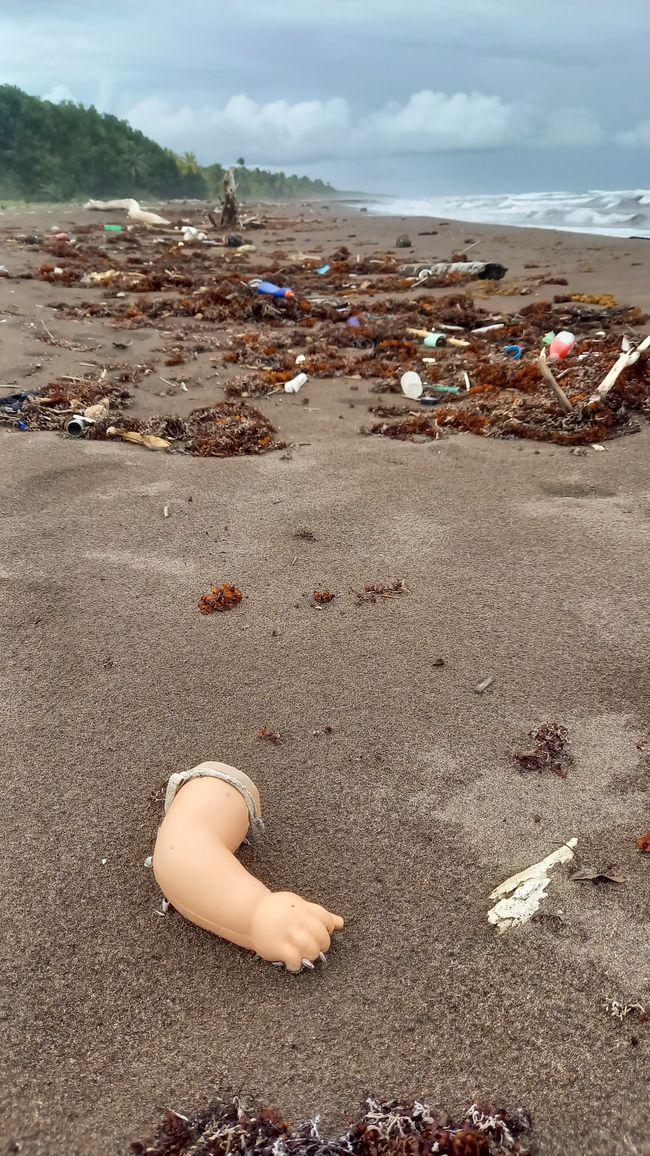
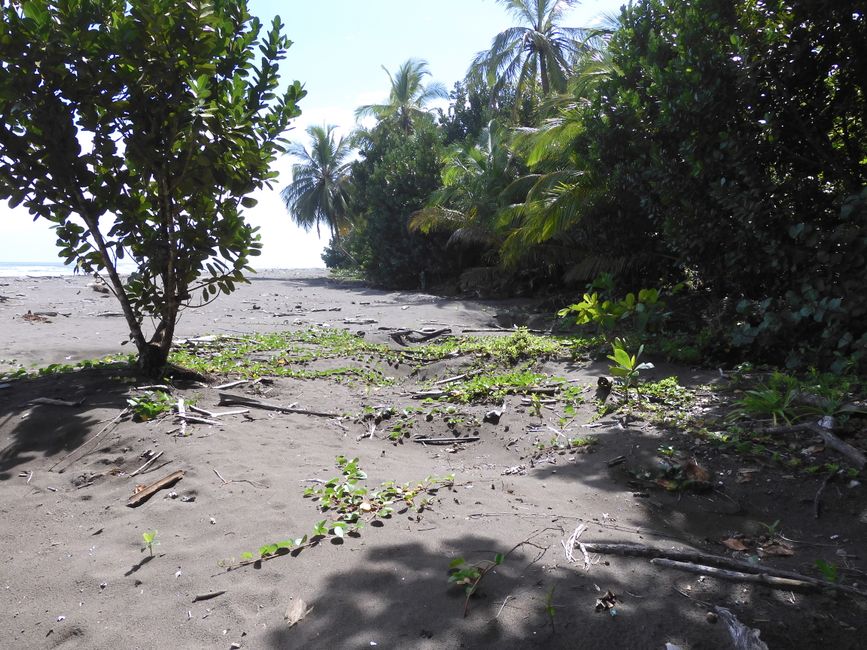
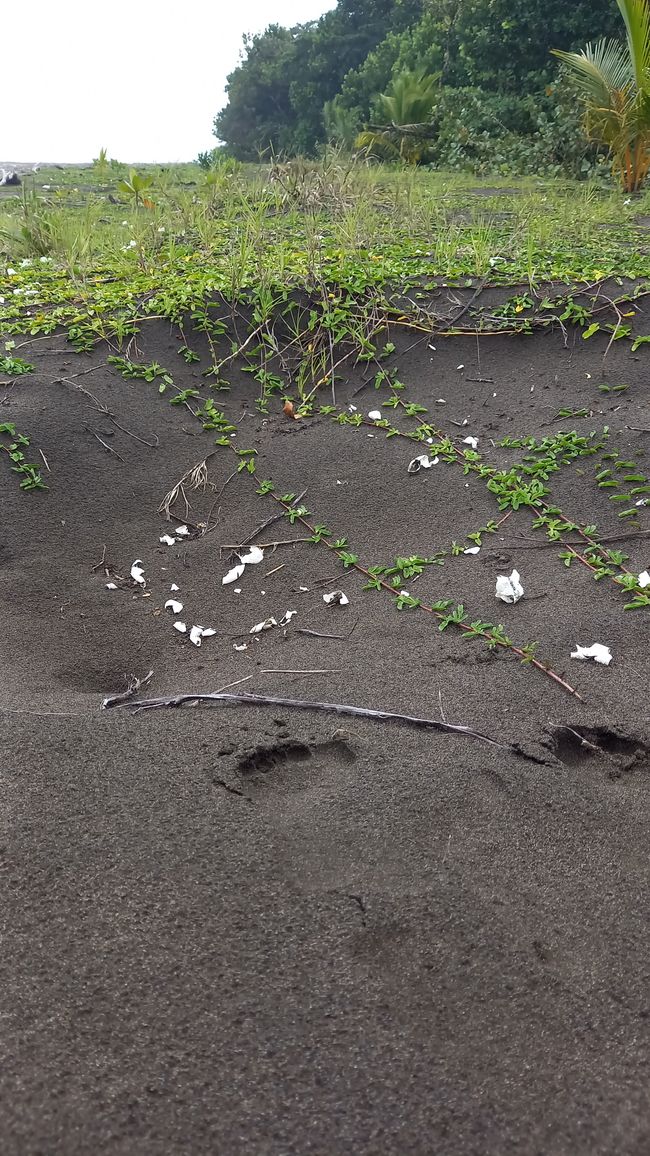
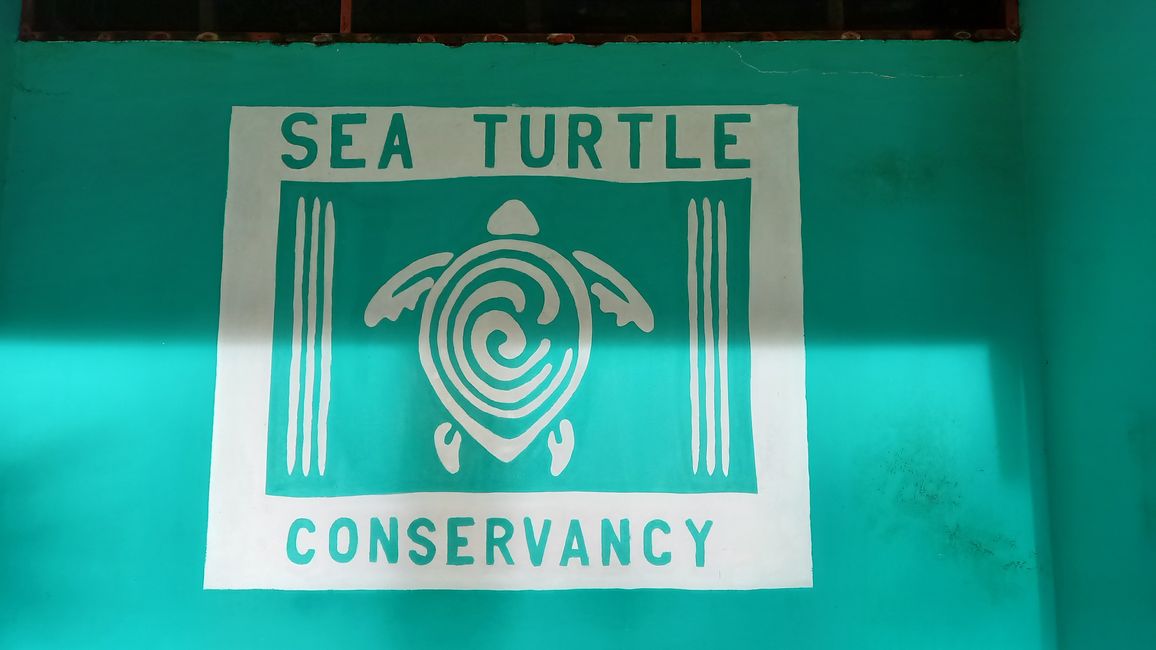
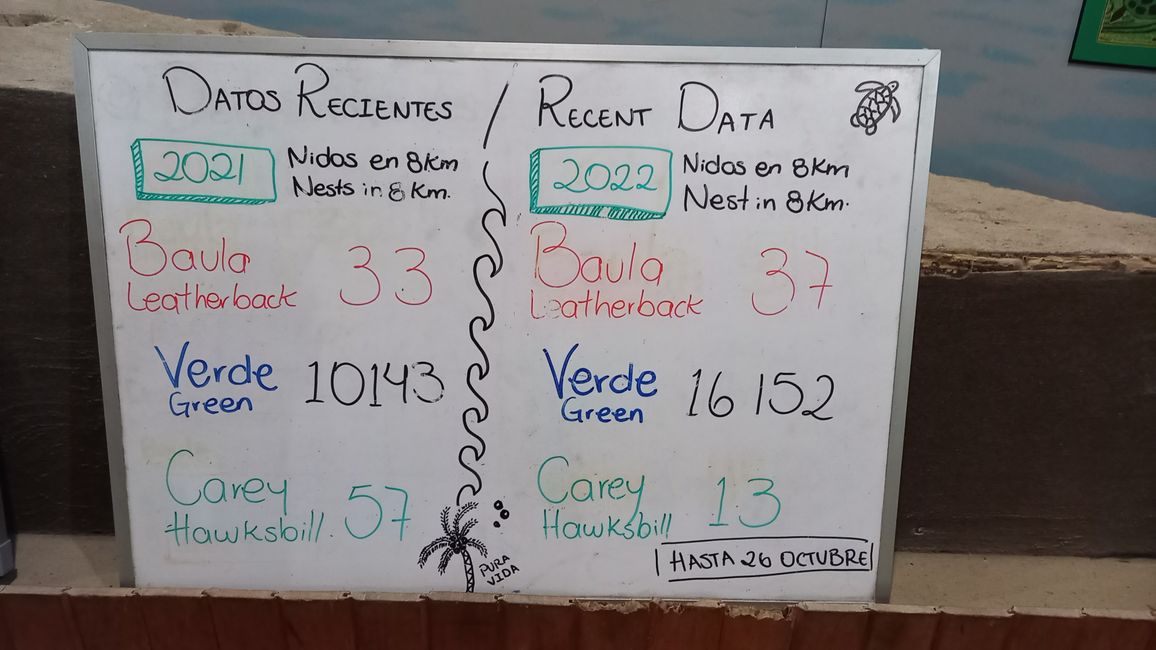
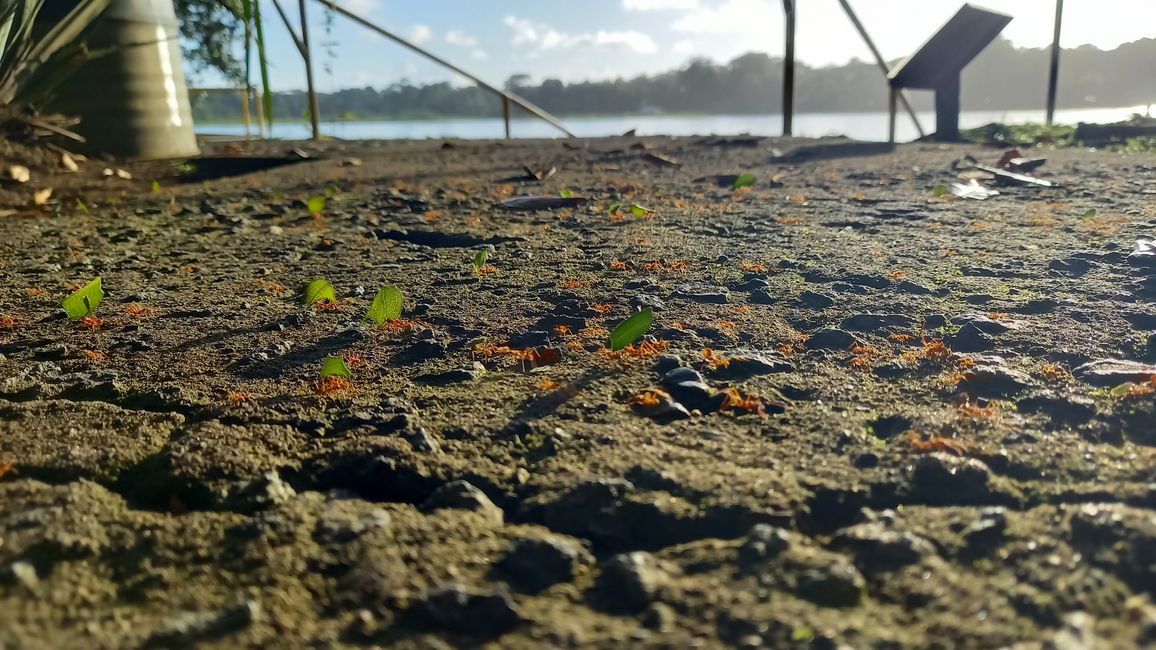
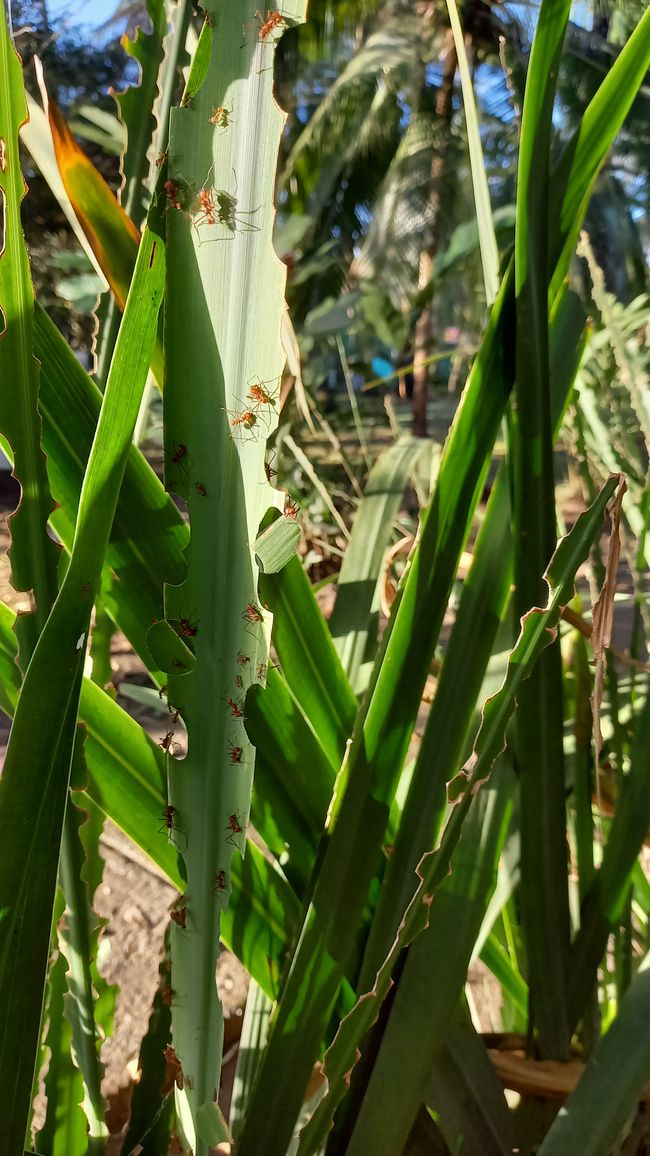
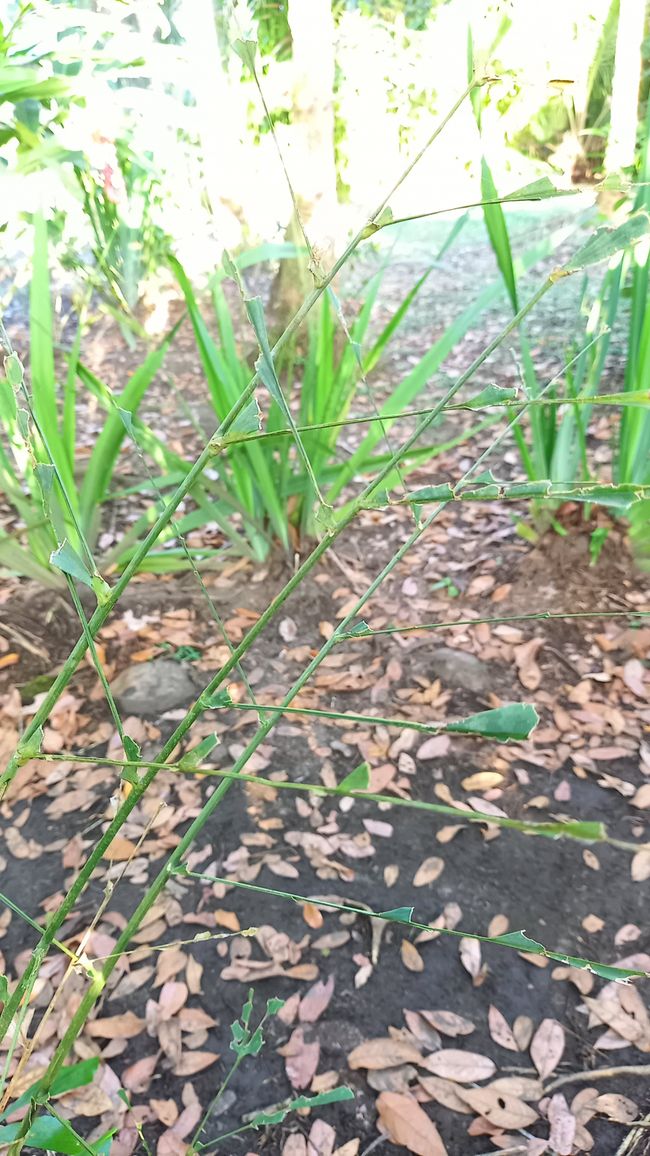
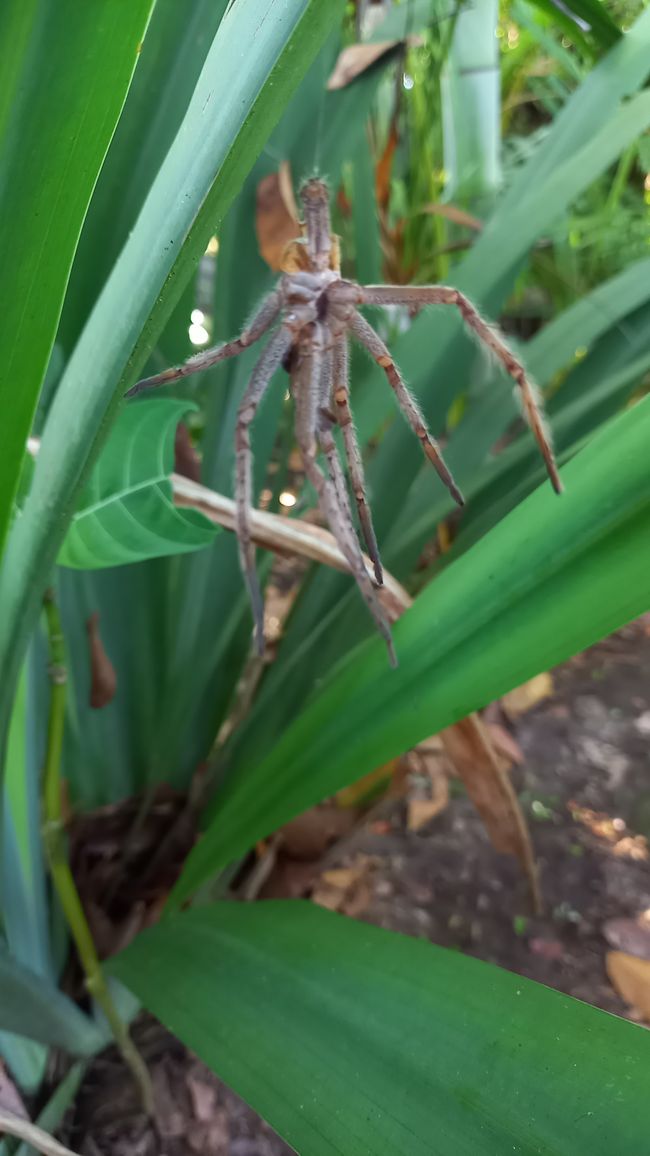
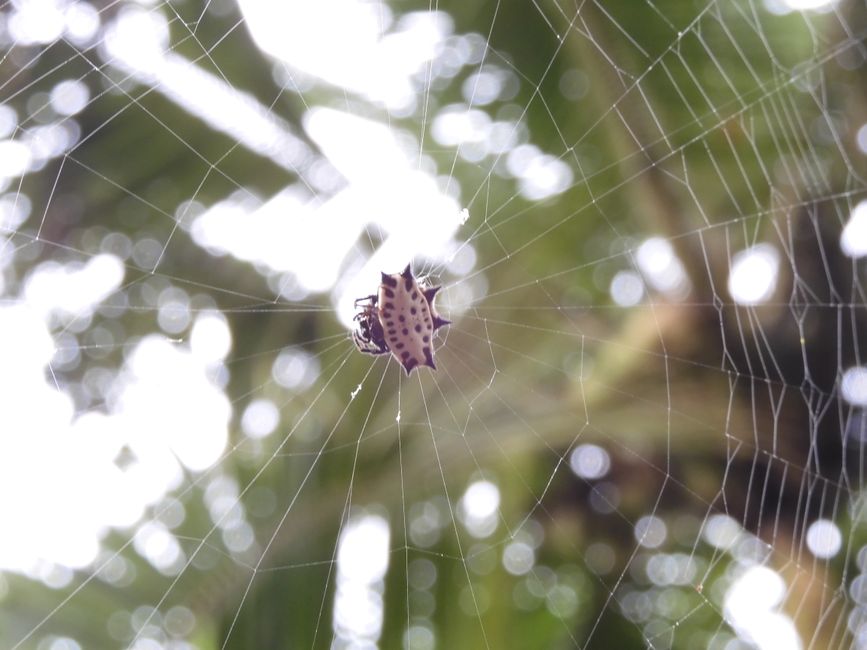
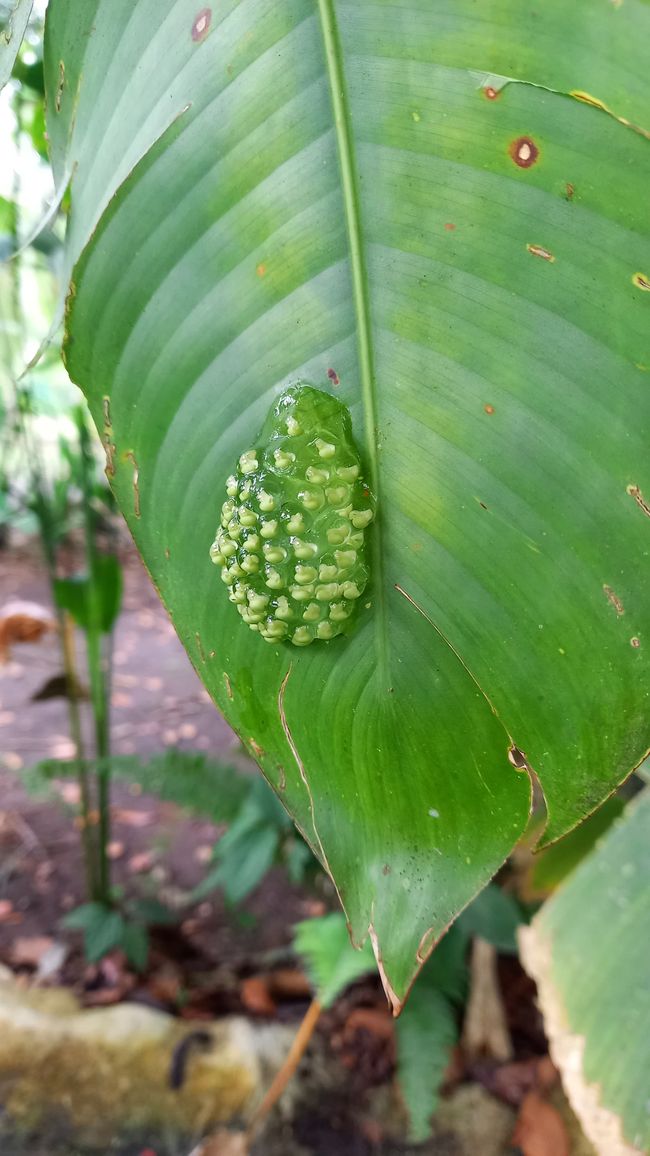
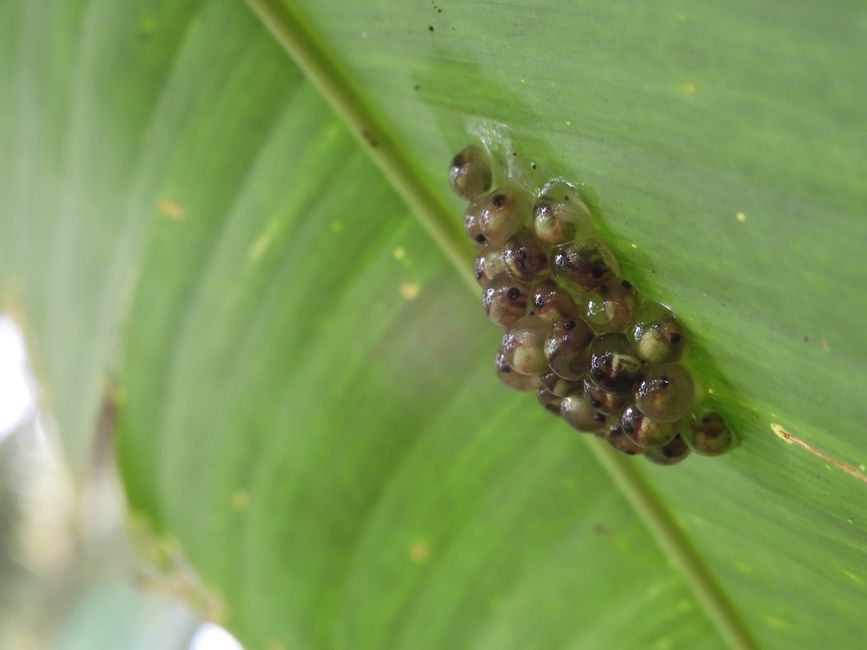
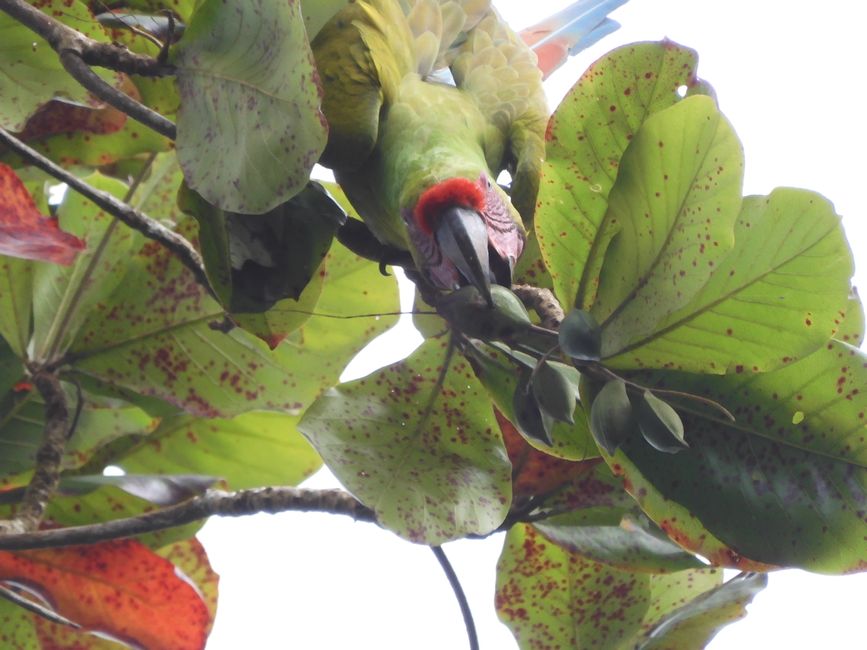
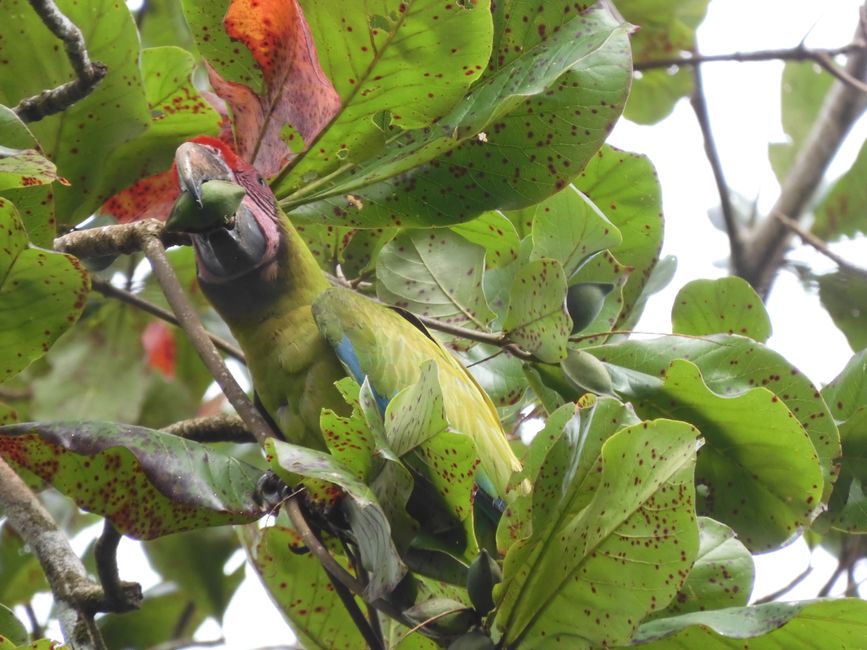
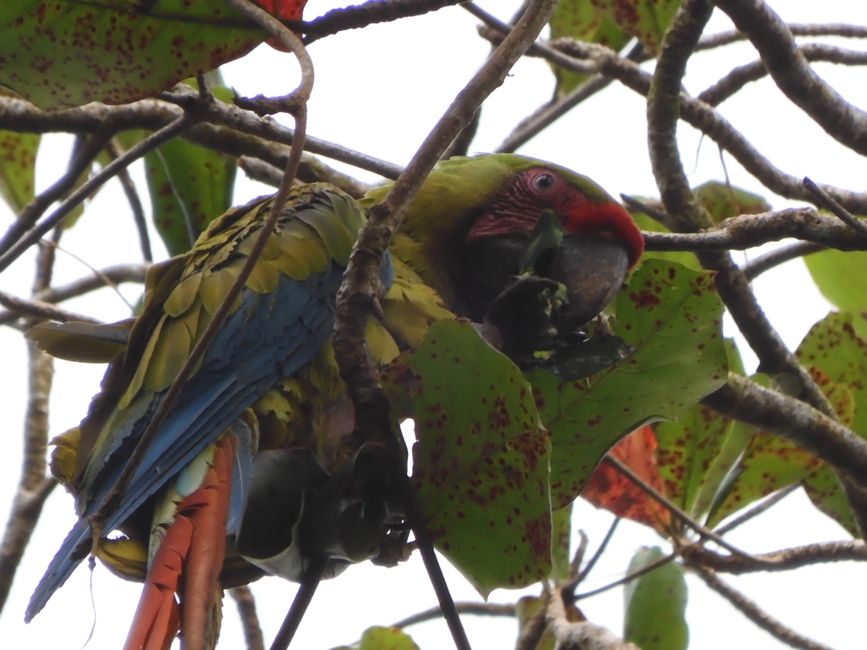
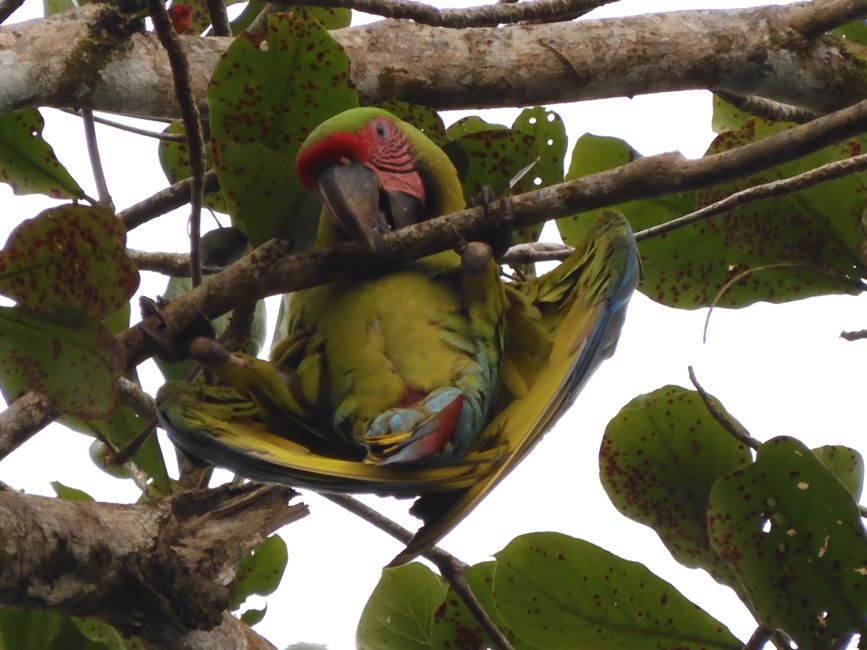
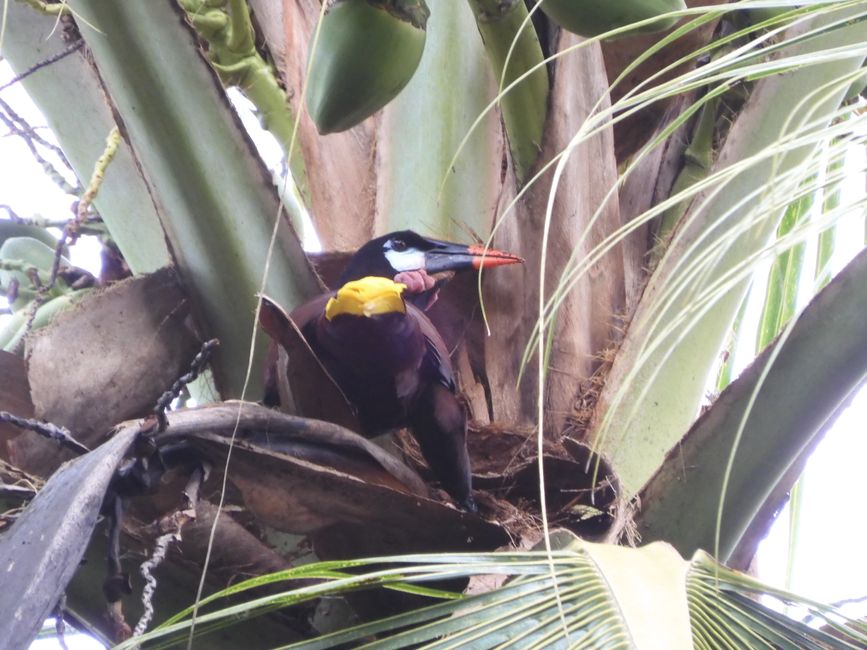
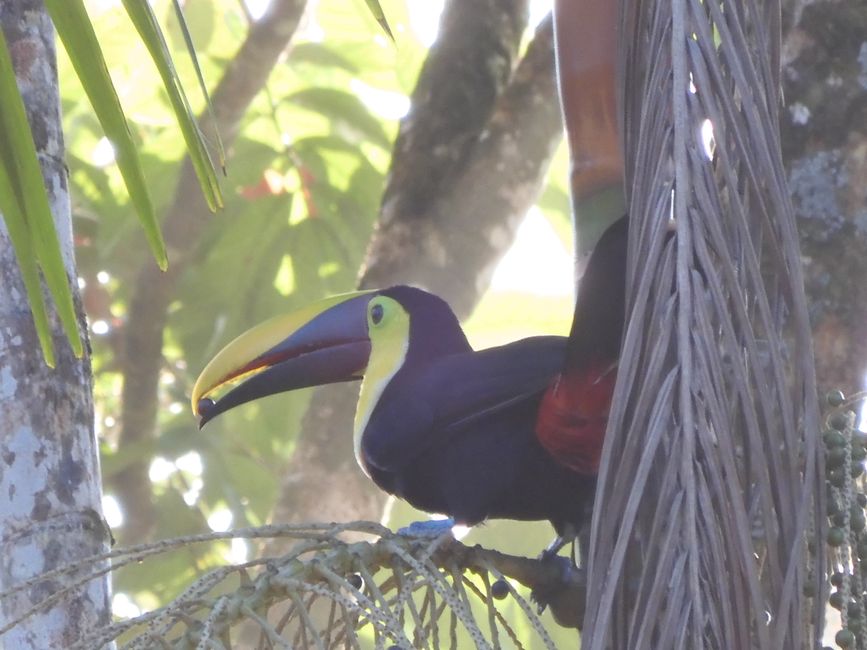
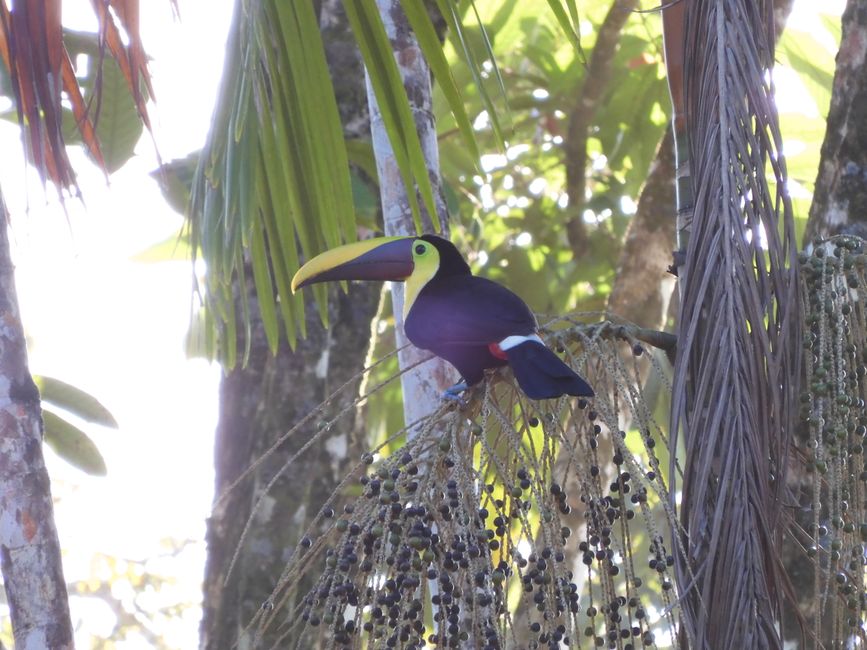
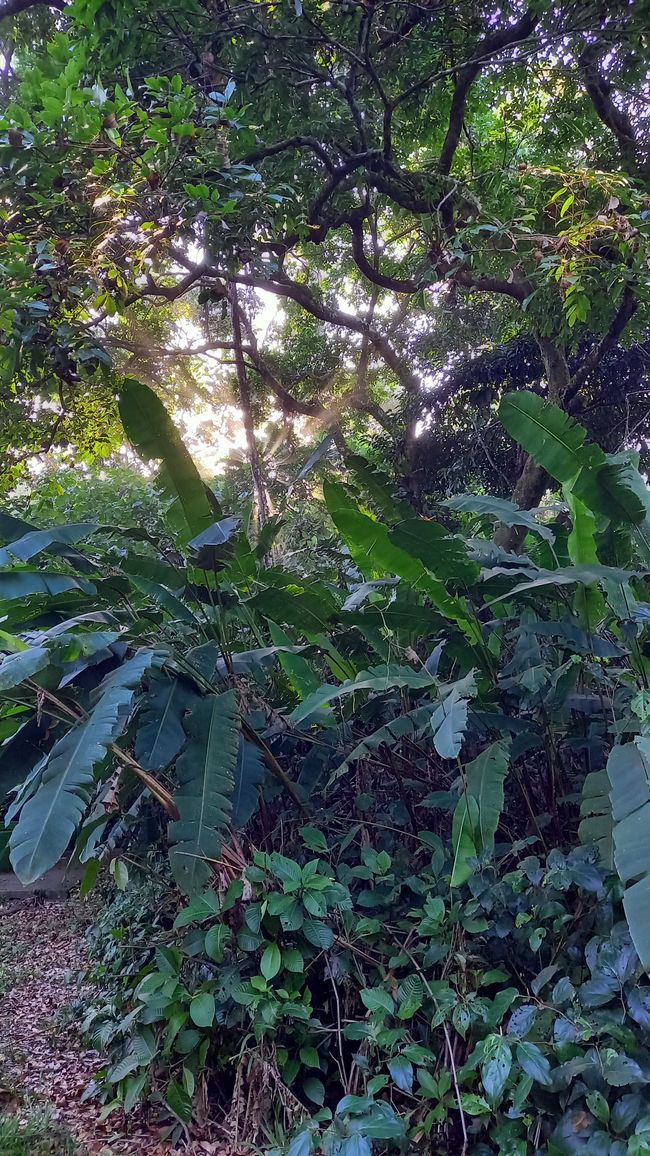
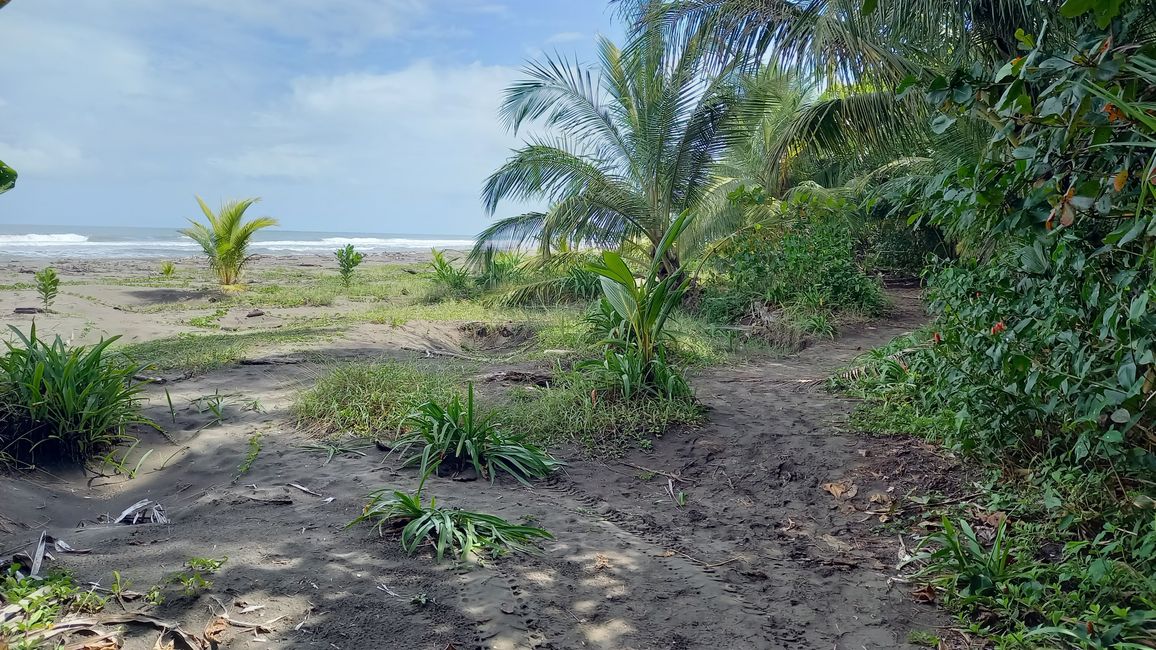
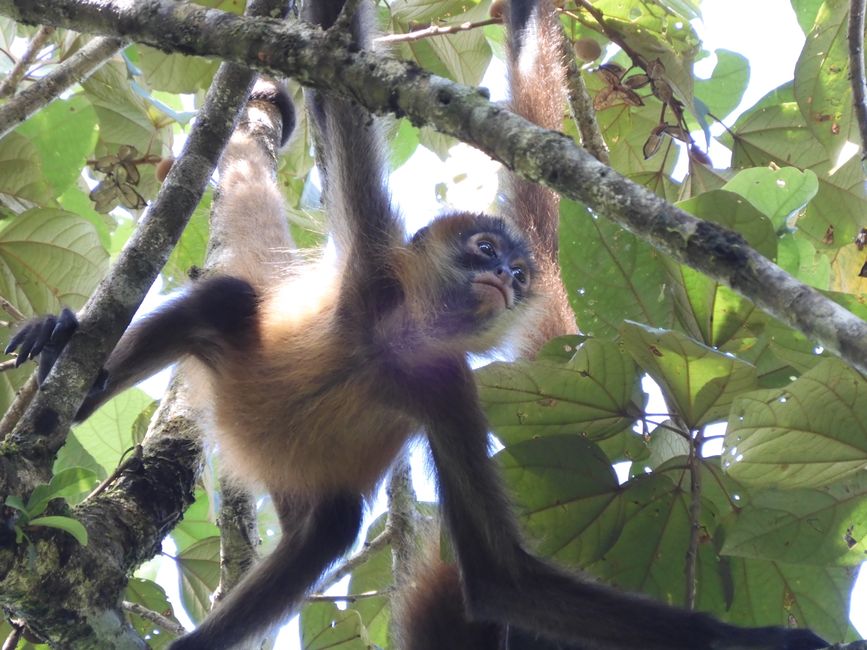
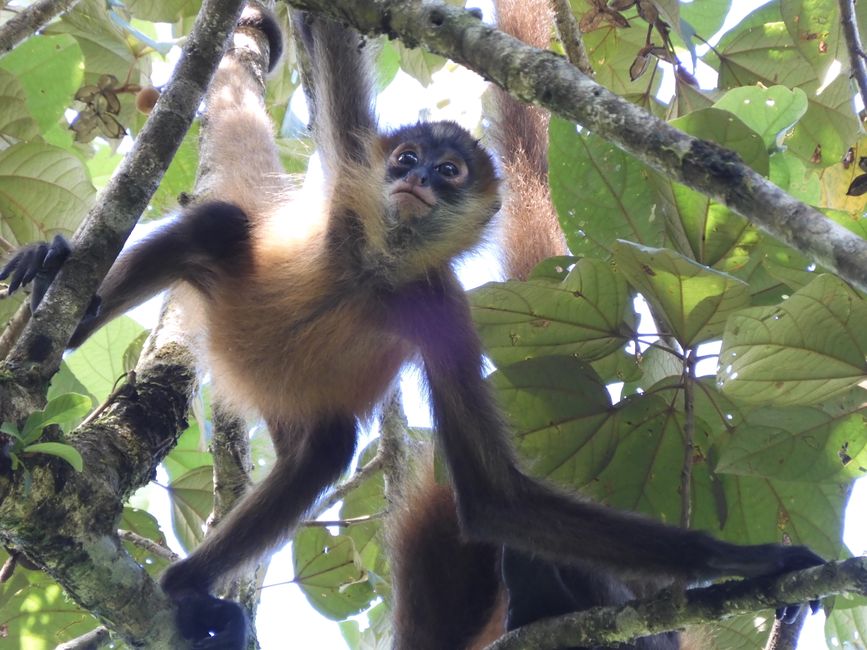
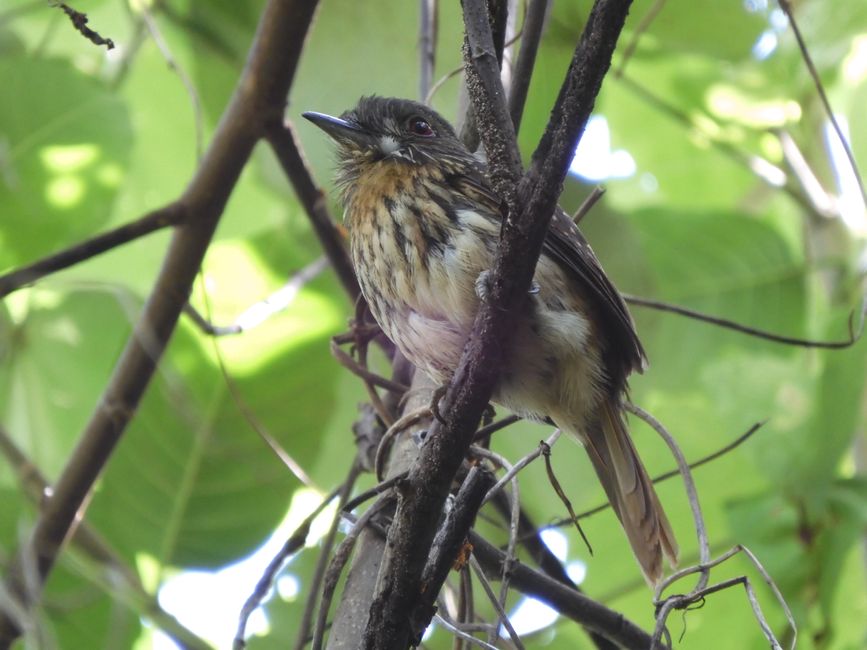
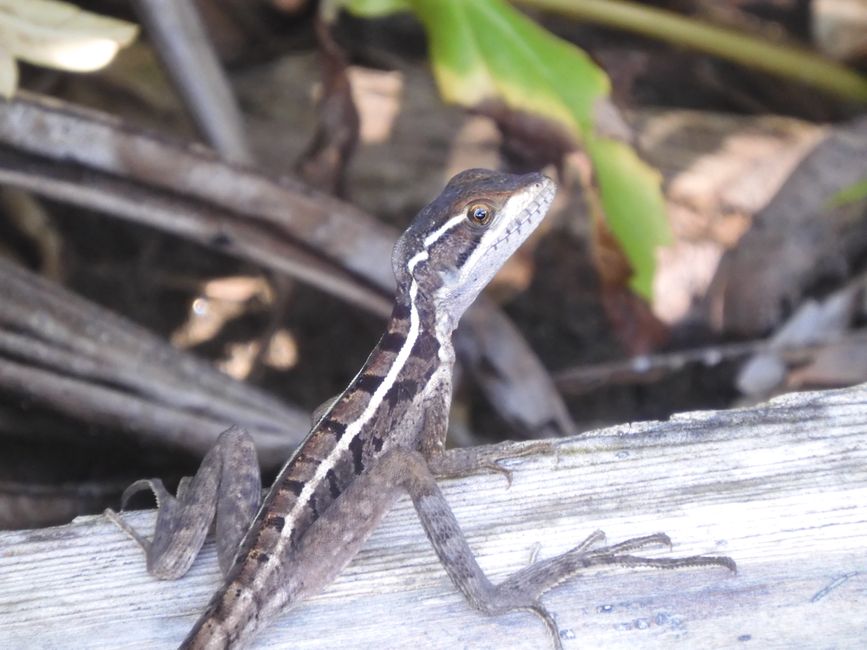
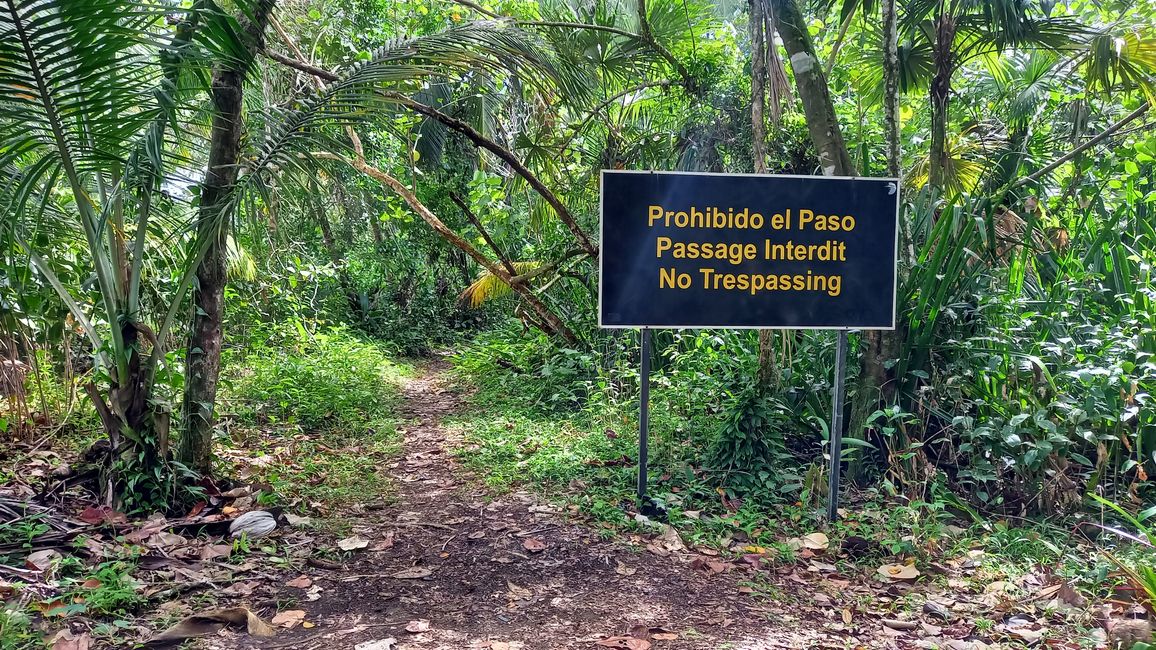
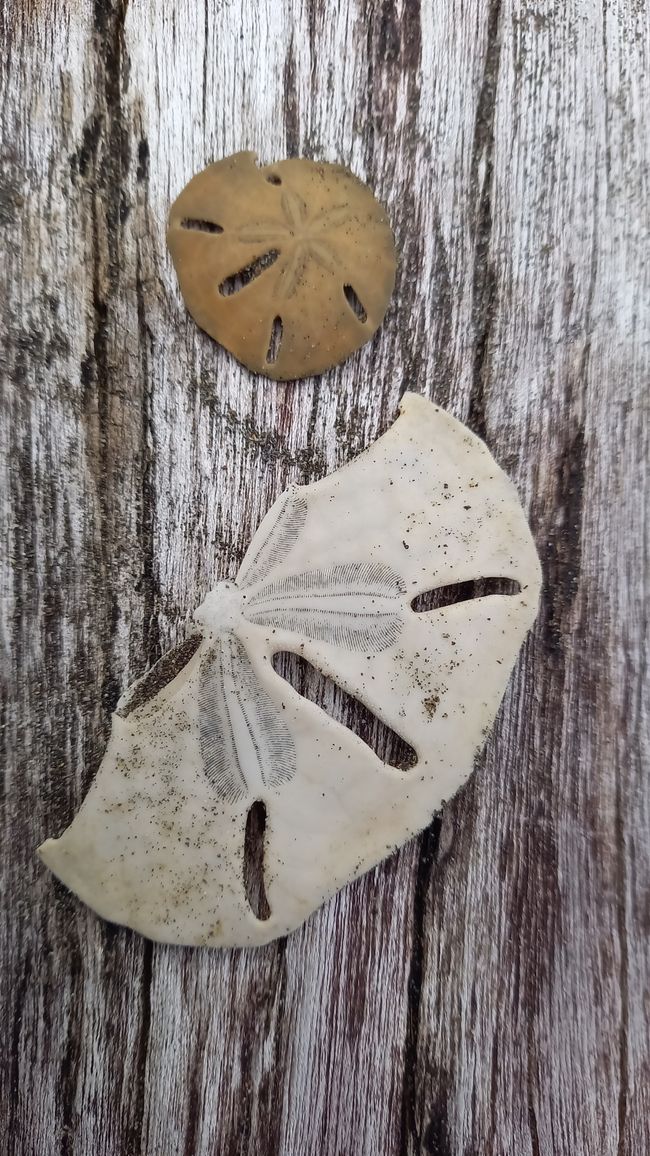

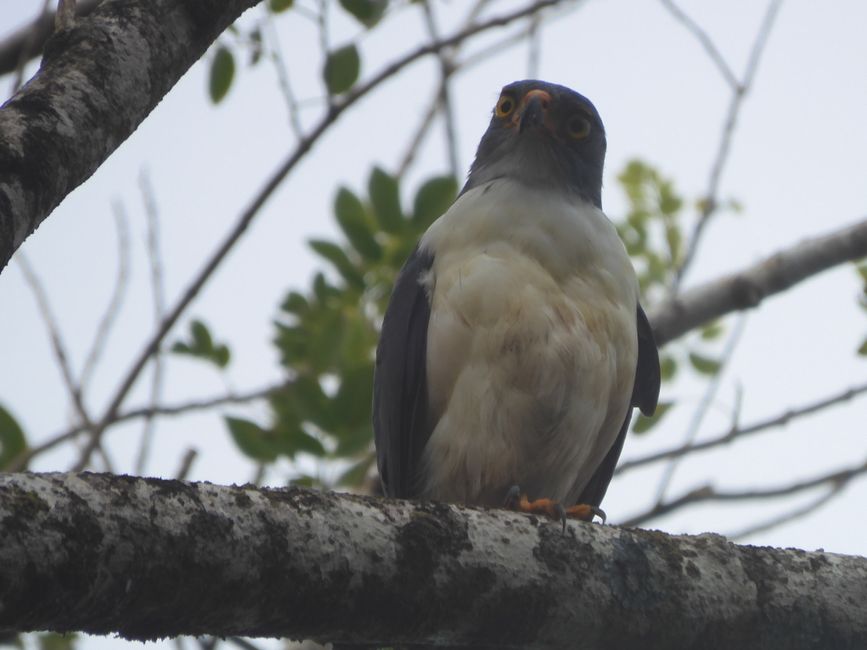
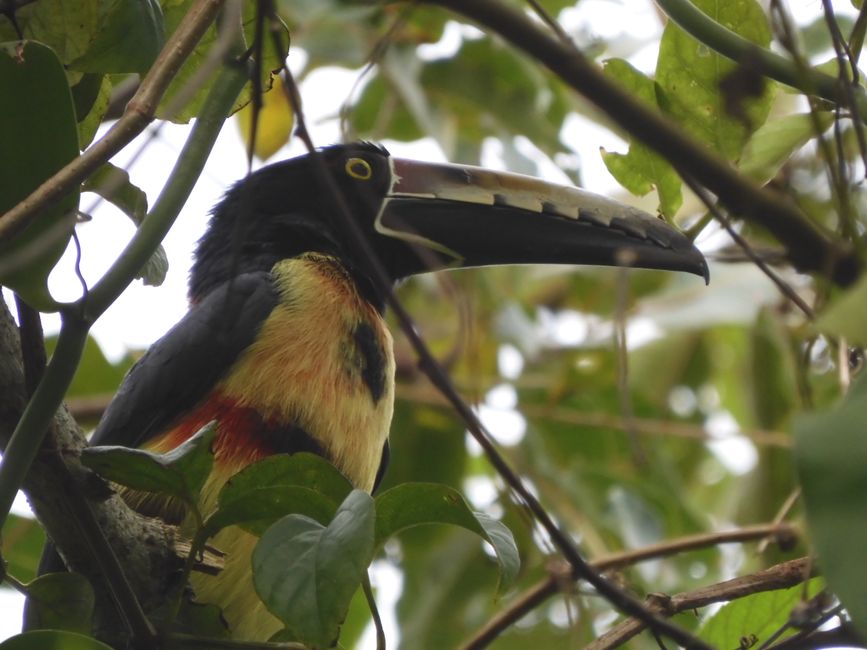
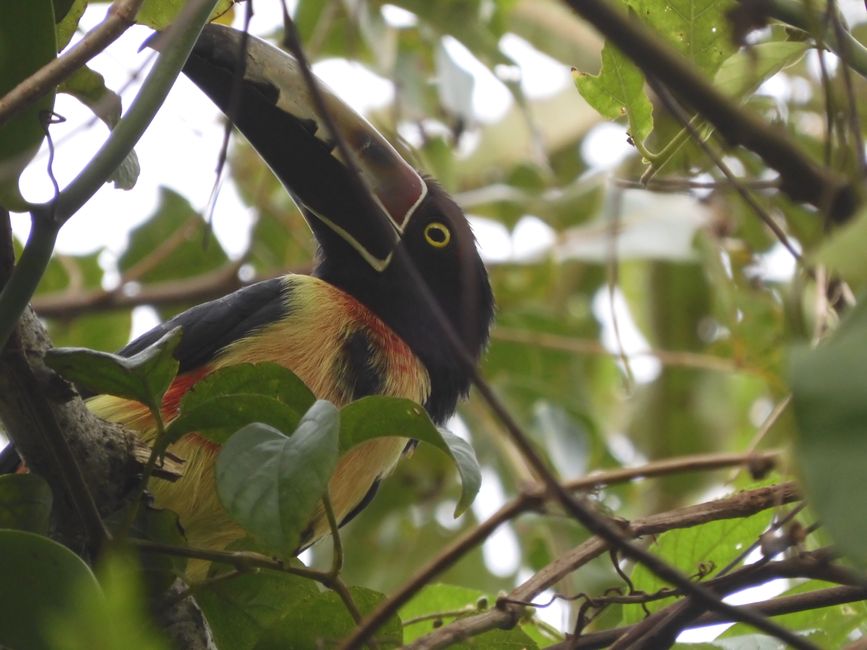
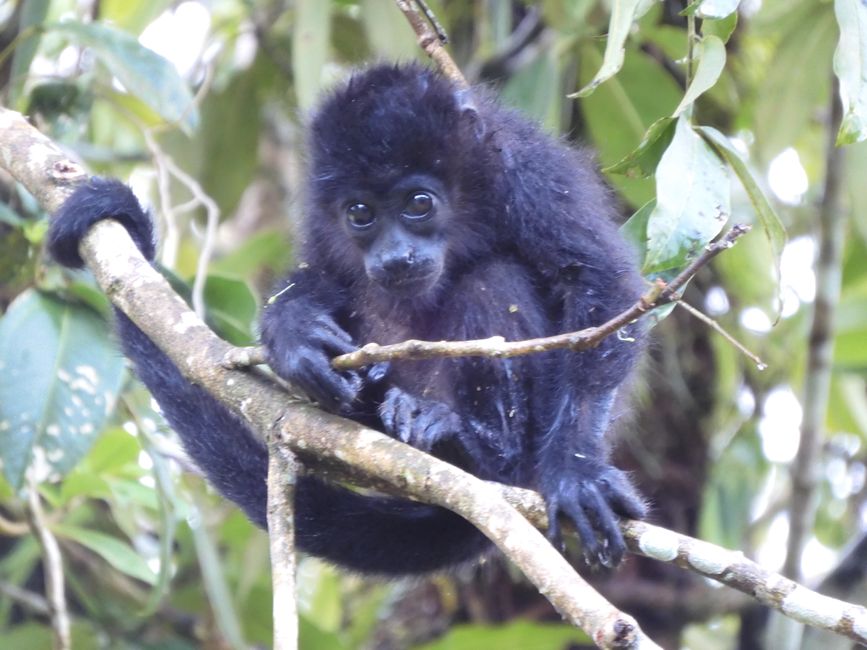
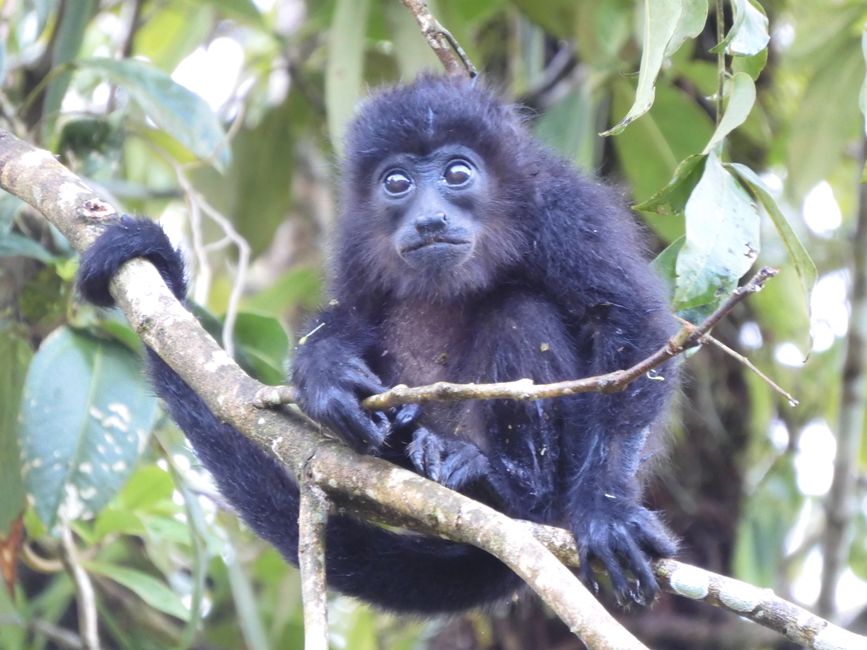
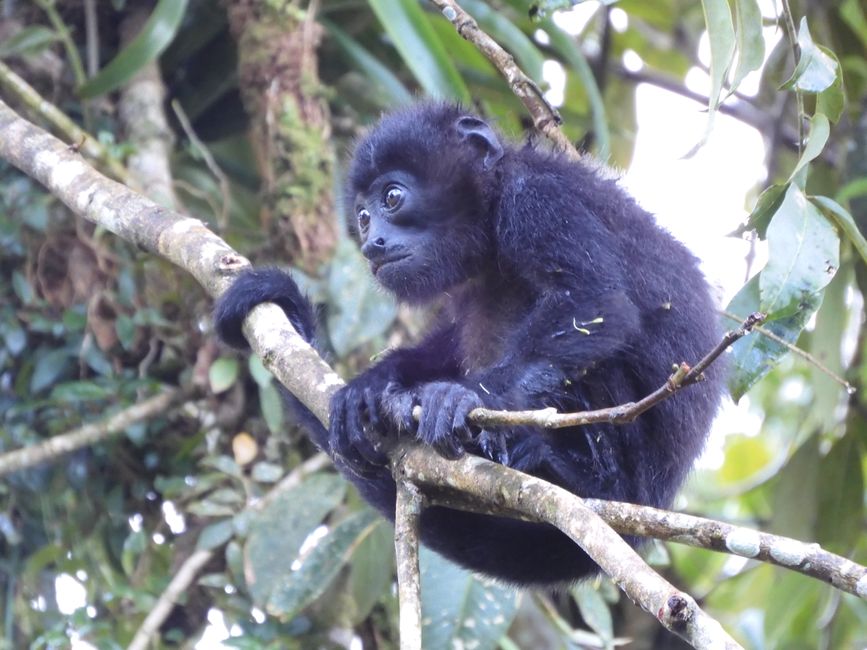
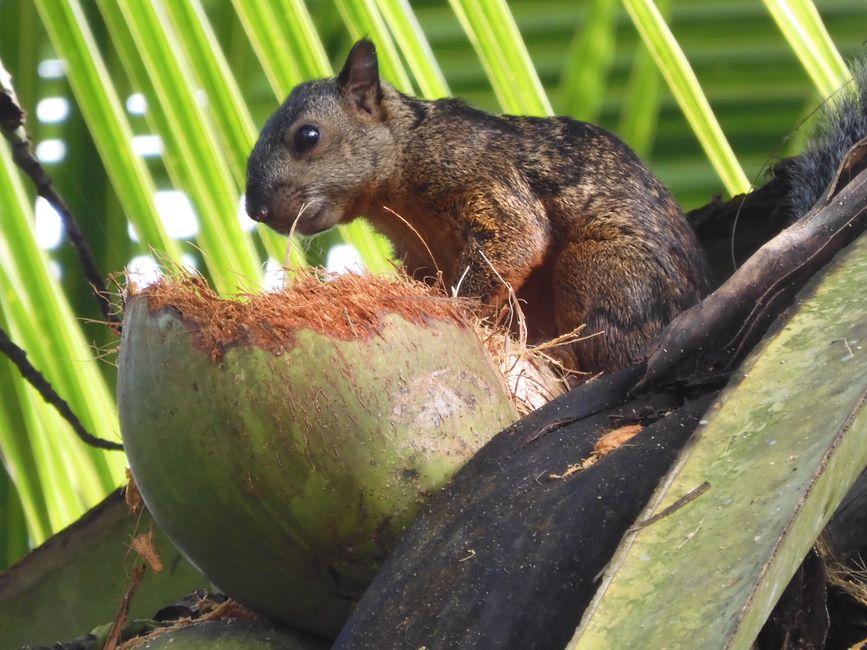
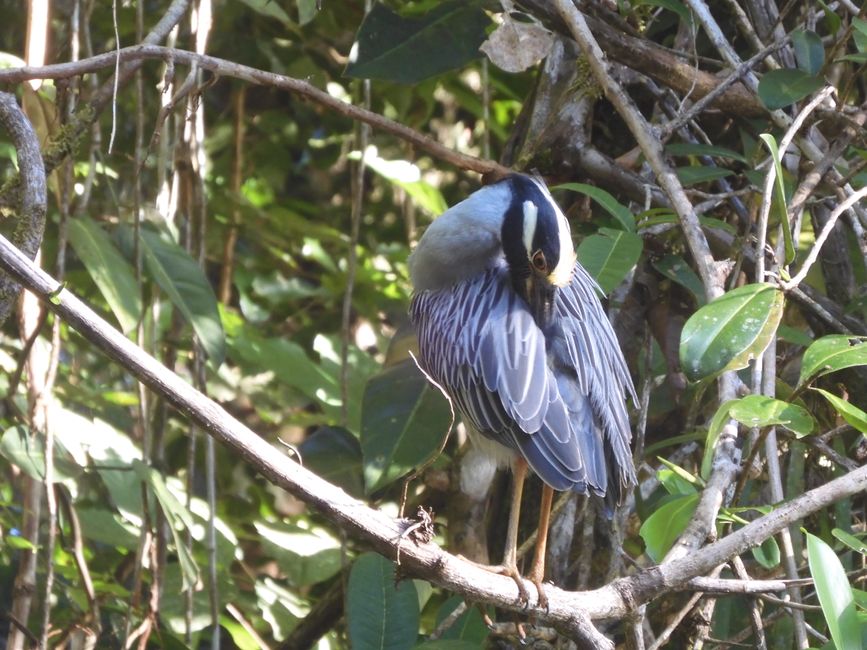
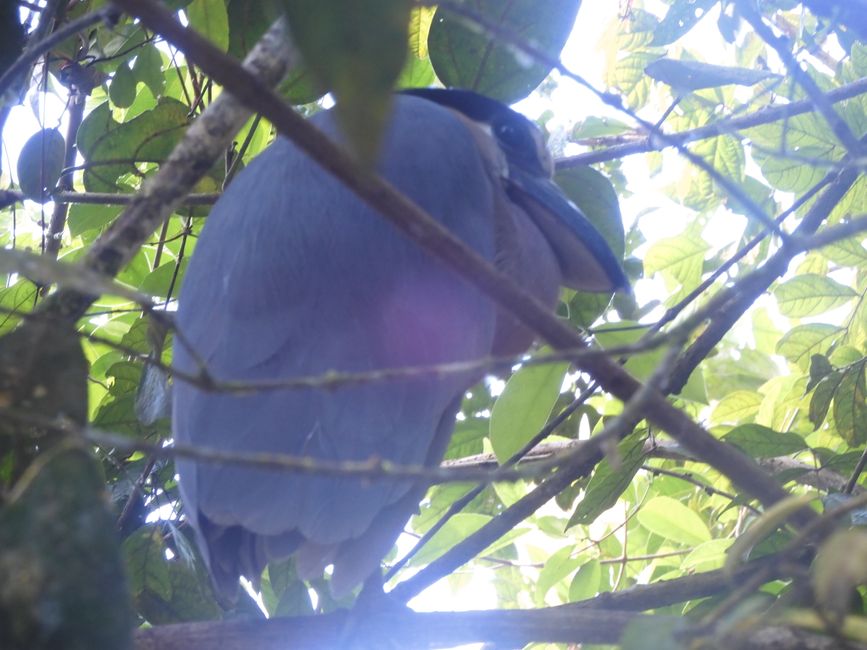
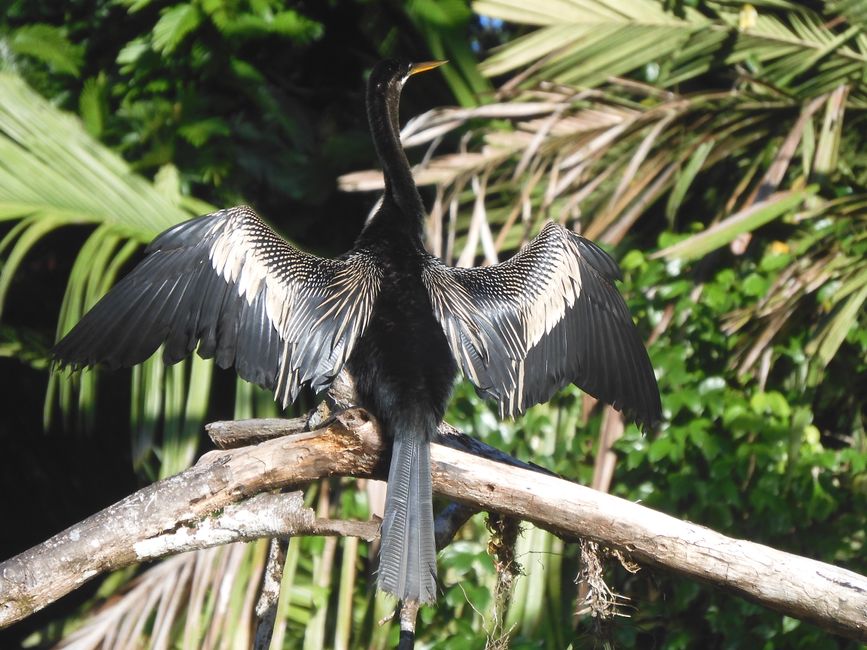
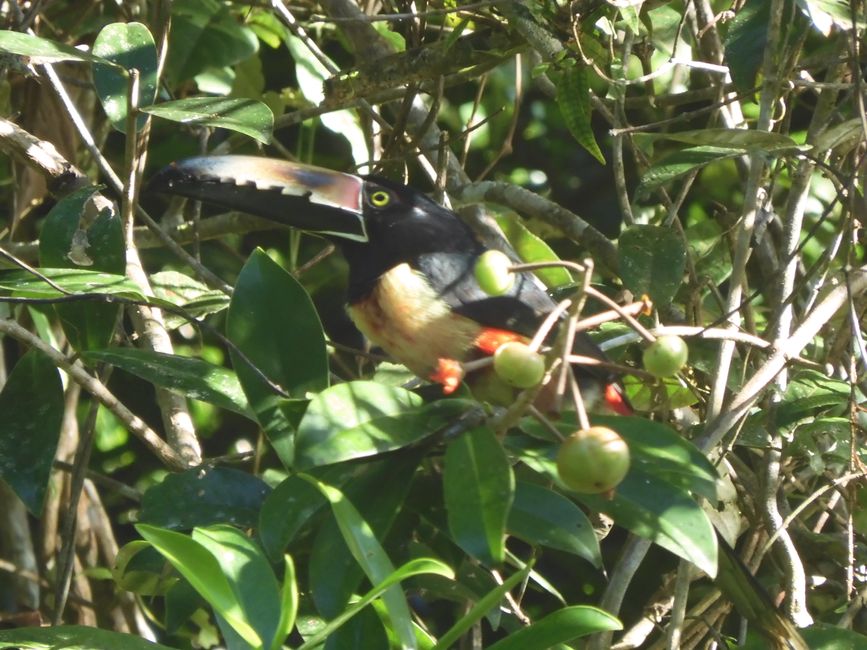
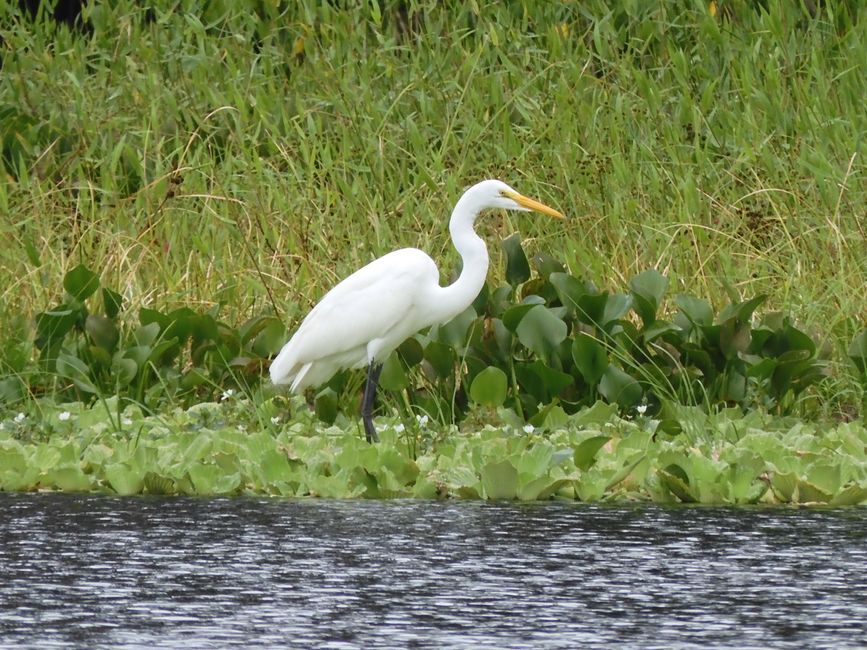
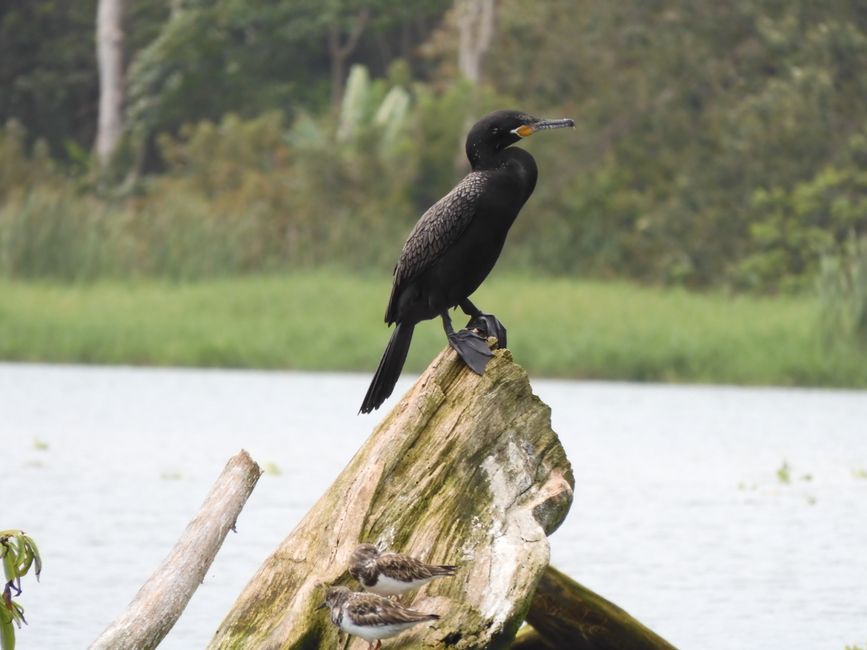
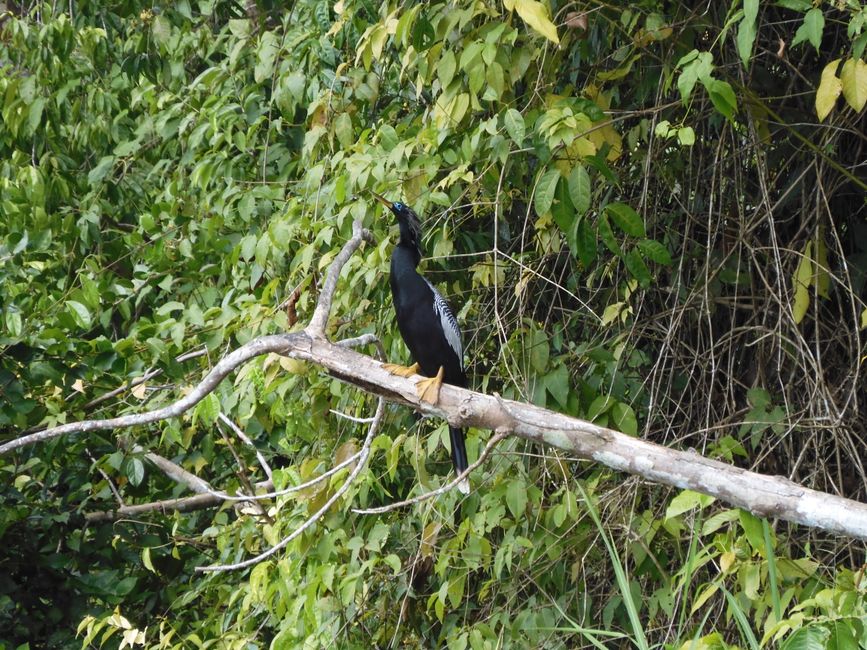
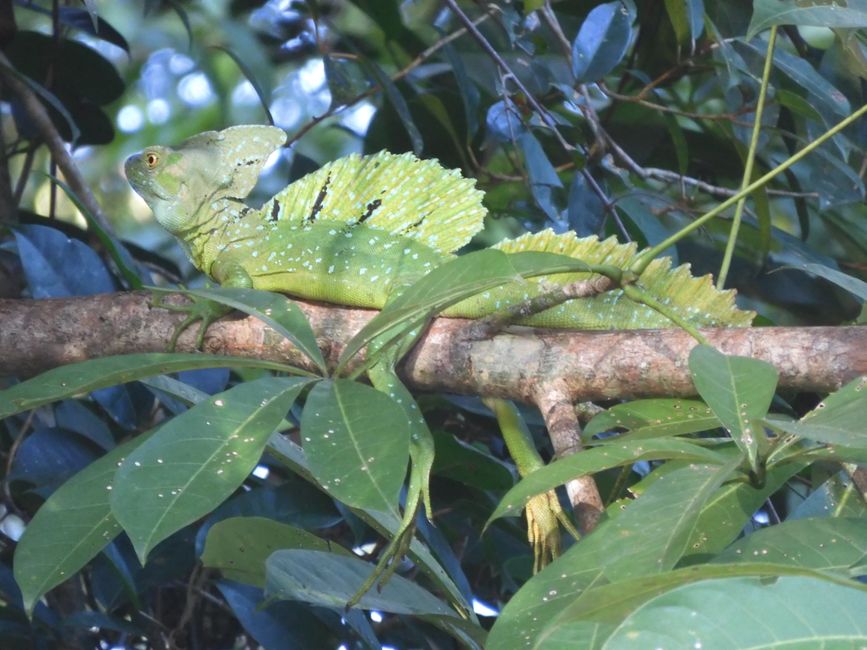
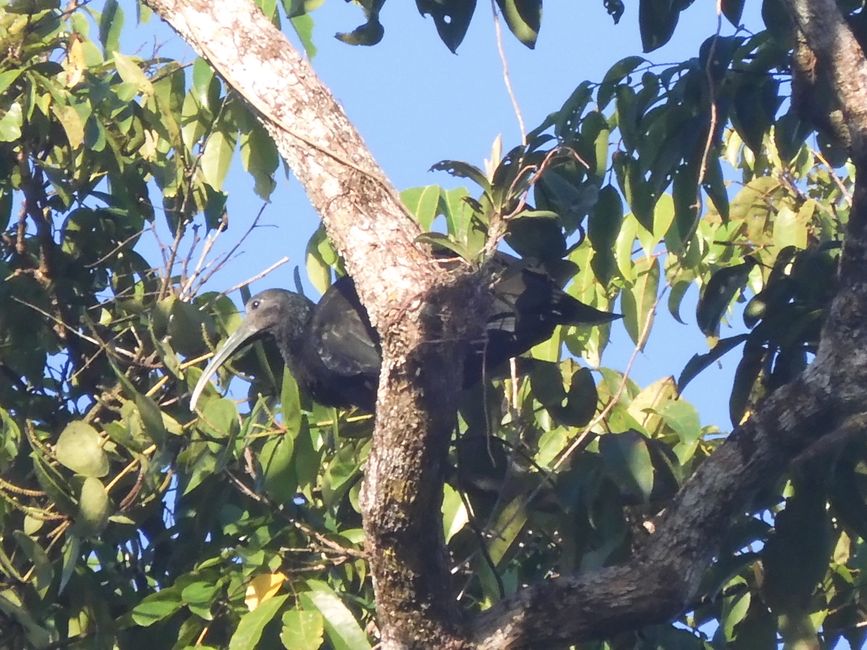
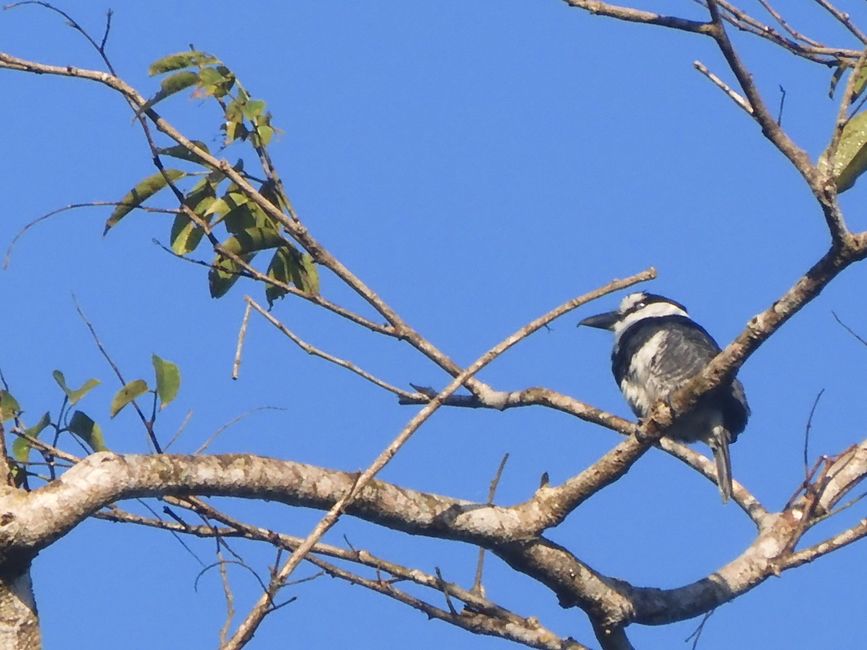
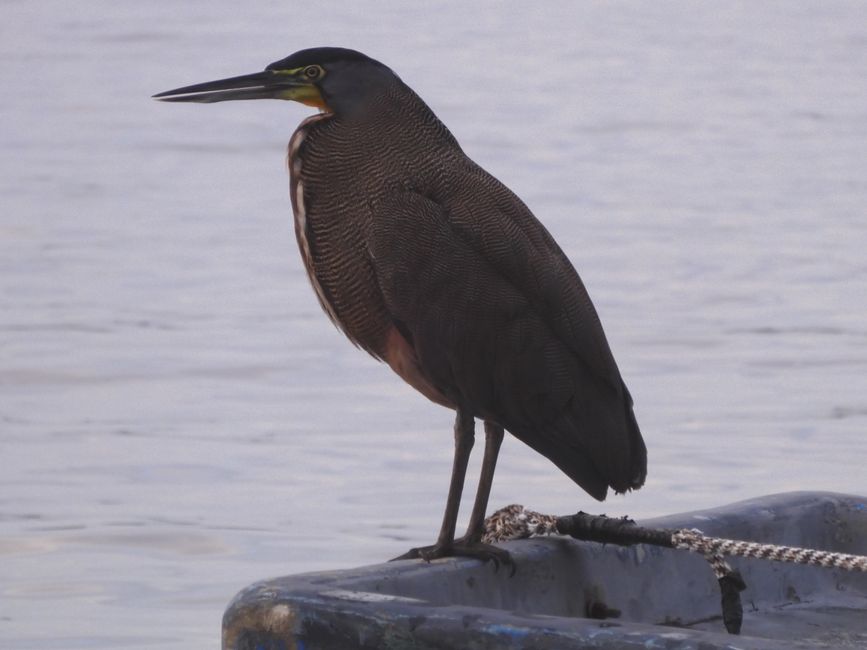
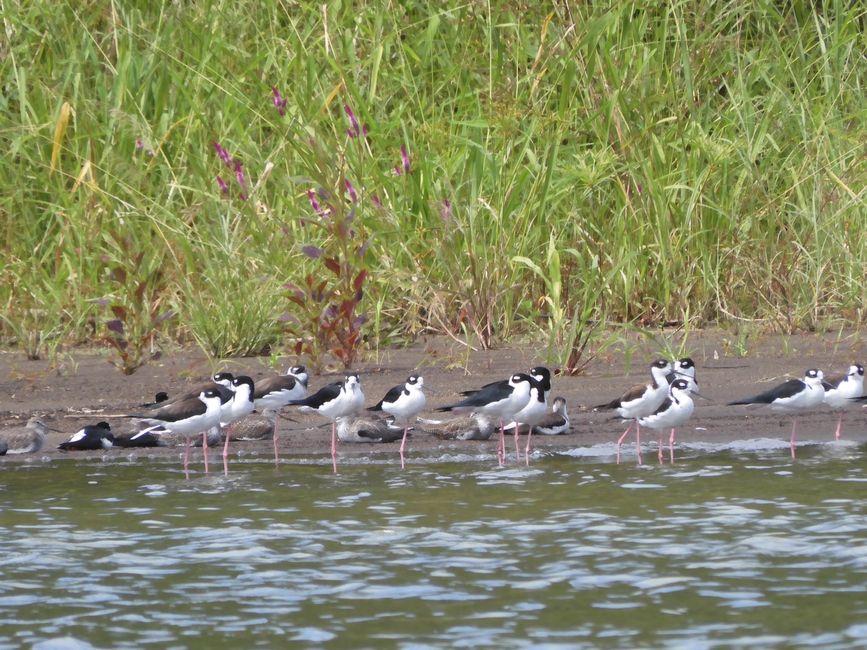
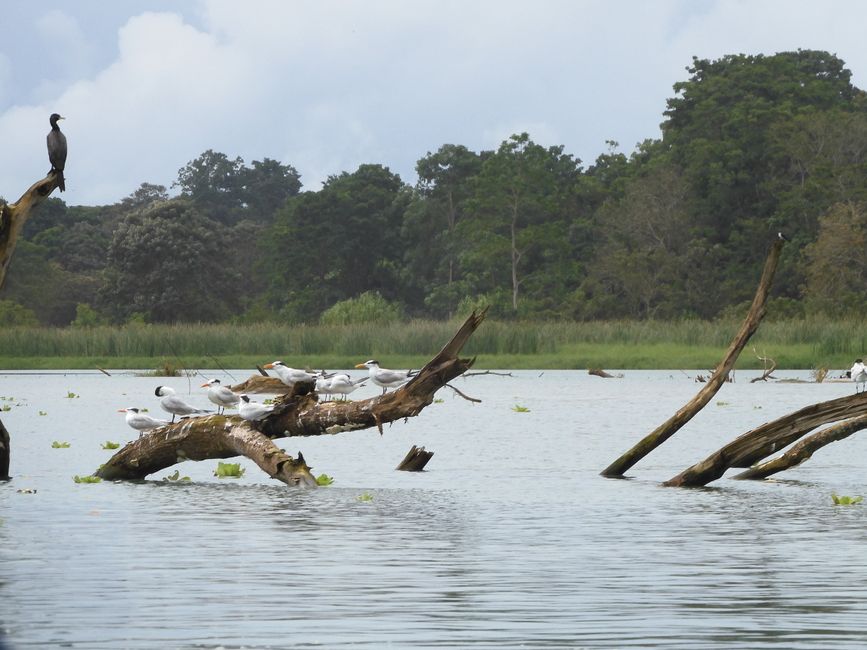
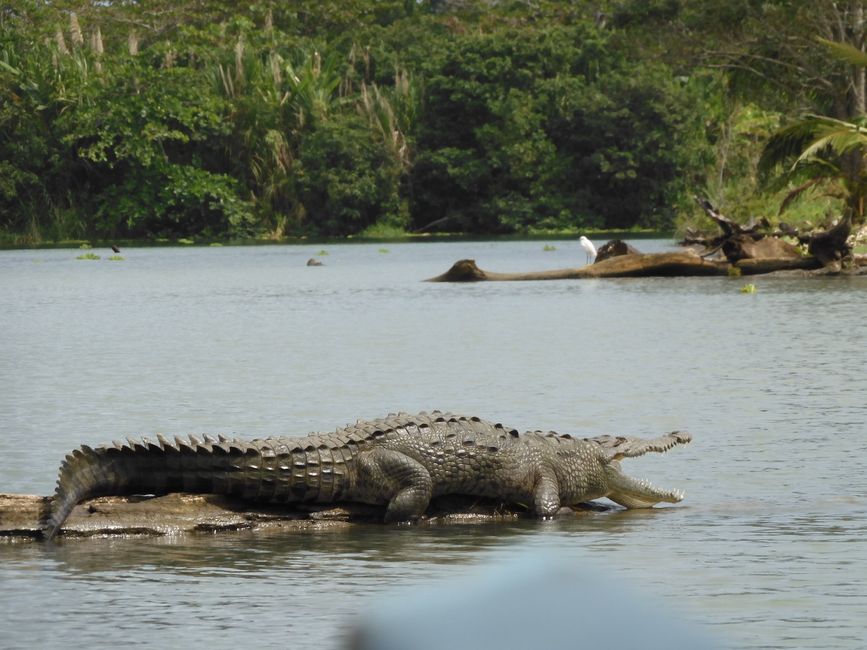
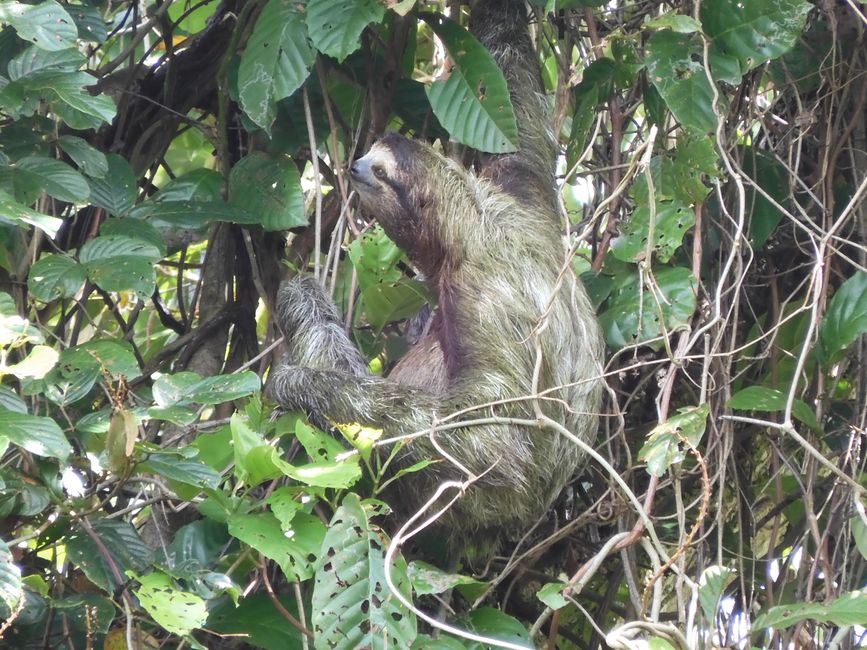
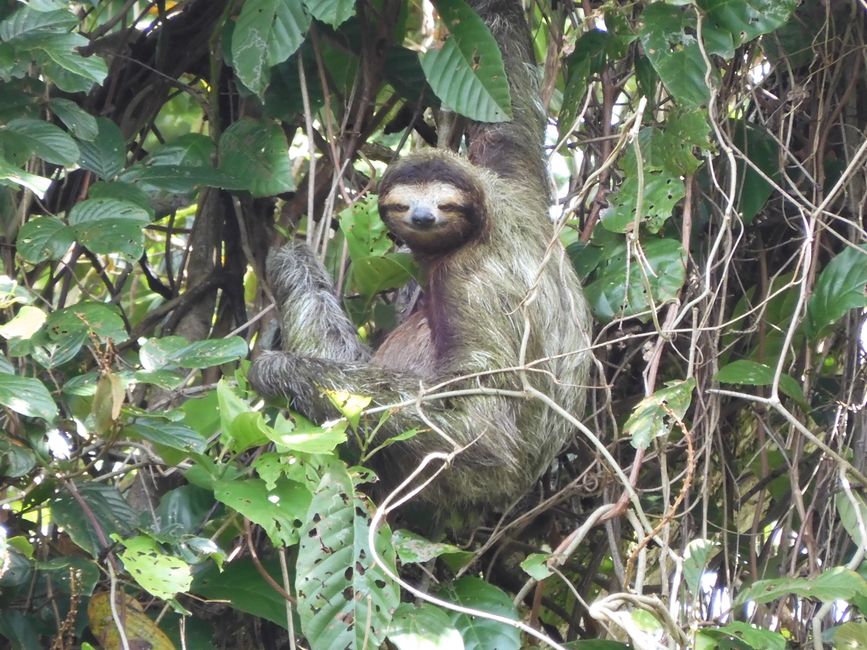
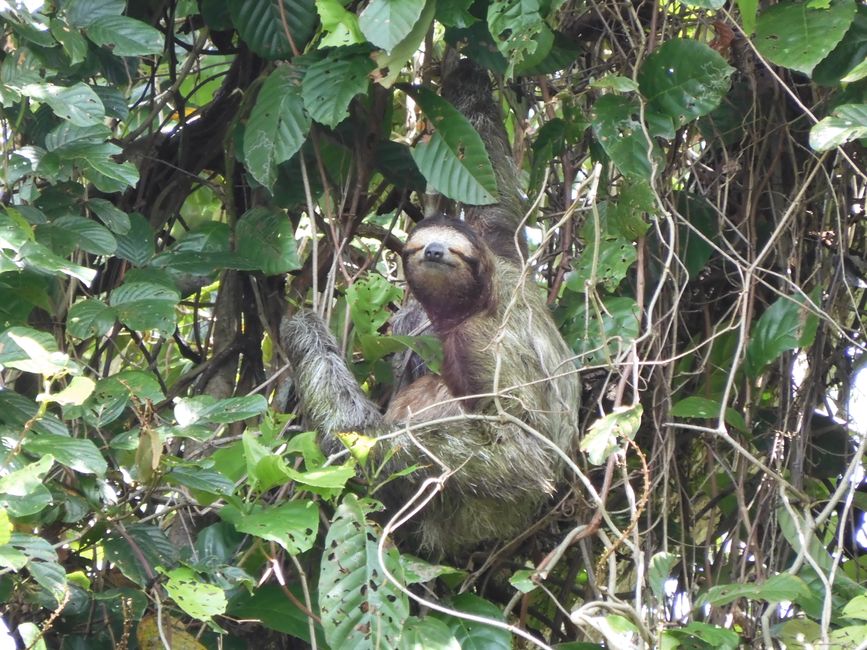
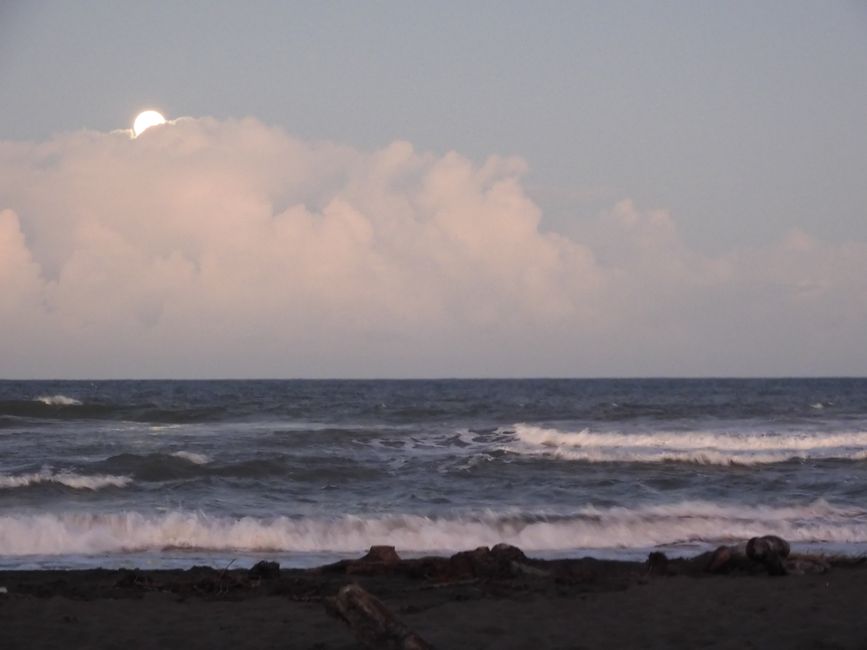
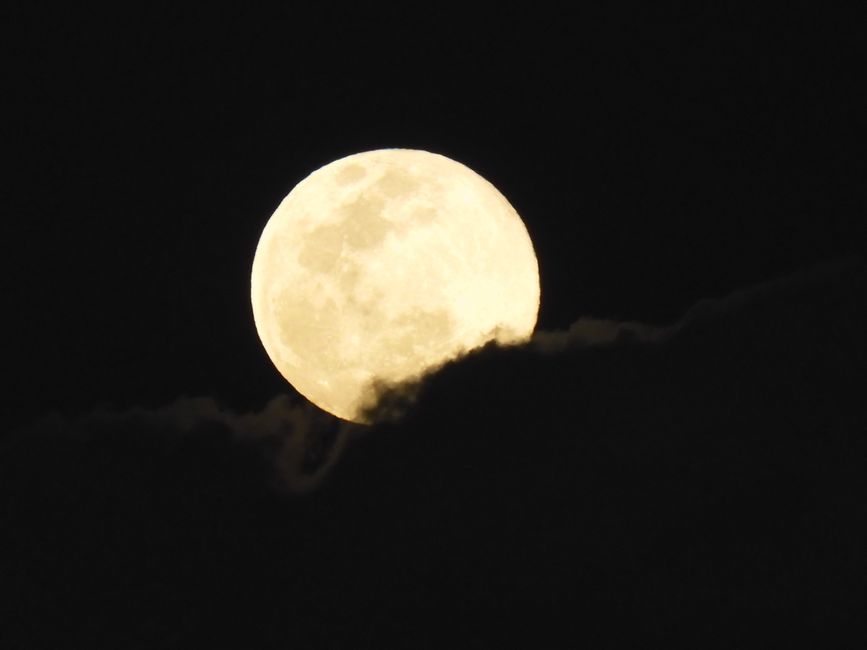
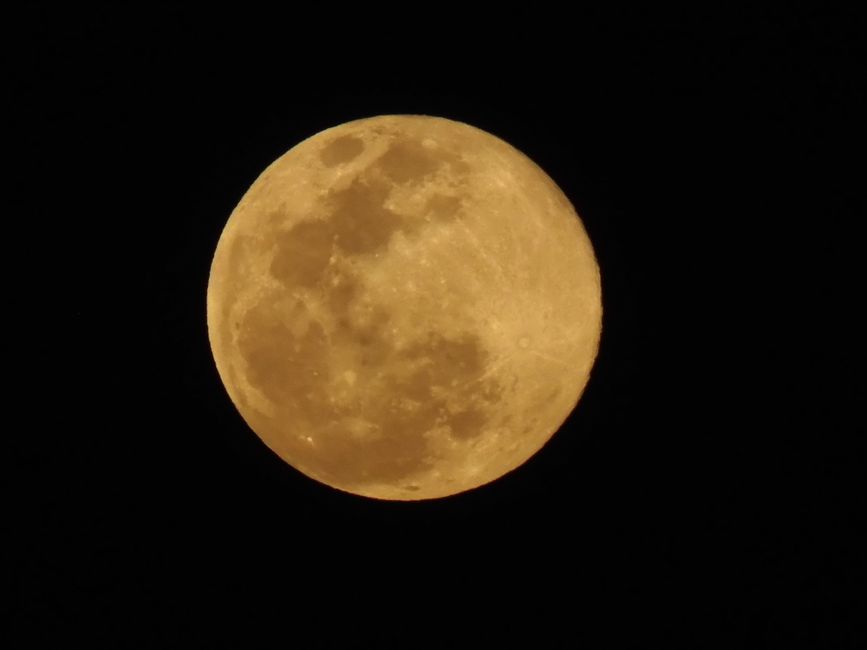
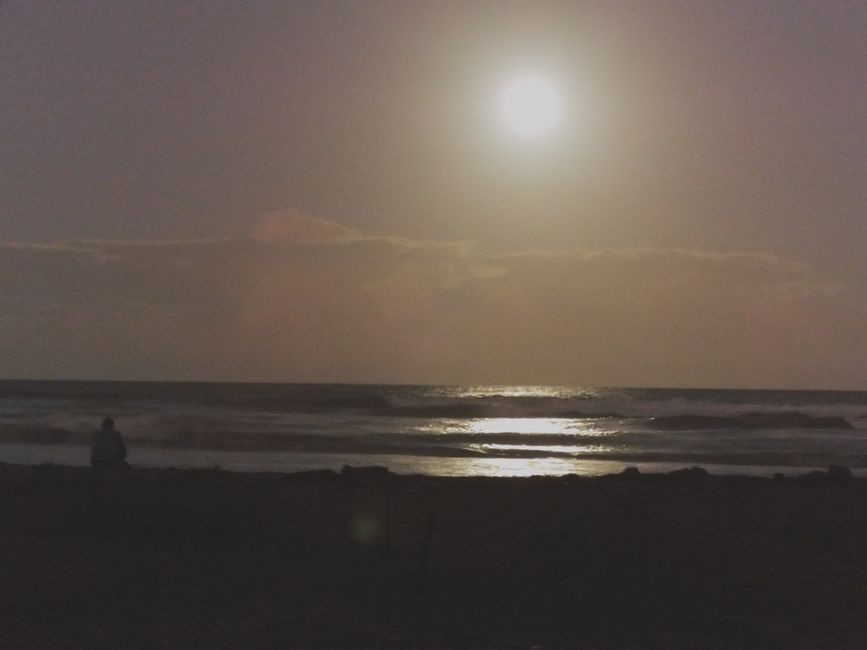
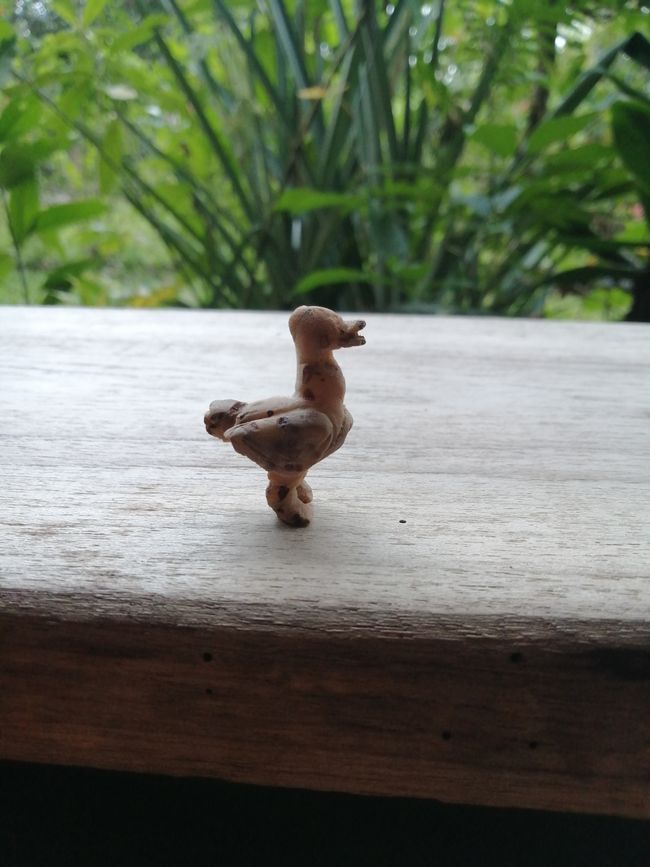
สมัครรับจดหมายข่าว
I am currently sitting on the beach in Tortuguero, trying to focus on my blog. But I keep getting distracted. By the chirping birds, annoying flies, barking dogs, or someone approaching me and wanting to interrogate me. By now, I already know some of the human and animal residents here, because Tortuguero is a tiny town with less than 1000 inhabitants, plus many tourists. The name Tortuguero comes from the Spanish word Tortuga, which translates to turtle. The reason for this name is easy to explain: every year, between June and October, thousands of turtles from 3 different species come to this beach to lay their eggs. At the beginning of the 20th century, these turtles and their eggs were hunted, but in the 1950s, the American biologist Archie Carr recognized the importance of the coast for sea turtles and has been advocating for the protection and preservation of these animals and their habitat since then. Intensive research, education and awareness-raising among the population, and Carr's foresight, who already predicted the interest of tourists in sea turtles, have made Tortuguero one of the most important protected areas for sea turtles in the Caribbean and one of the most popular tourist destinations in Costa Rica today. But enough about history. Fortunately, the turtles are now strictly protected and there are strict rules for tourists and locals during the turtle season. No one is allowed on the beach at night without an authorized guide, the number of visitors is limited, and there must be no disturbance of the turtles, such as light or touch. Unfortunately, I am in Tortuguero outside the season, but I was able to discover the remains of the nests and get information at the Sea Turtle Conservancy Center. But more on that later.
Usually, tourists stay in Tortuguero for 2 to 3 nights, and I also planned 3 nights with 2 full days, but in the end, it turned into 11 nights or 10 days. As I had caught a cold again shortly before New Year's Eve, probably in the hostel in Cahuita, and I didn't really feel better after several days, I decided to do one of the 2 self-tests I had with me. And it was actually positive. So, for the first 5 days, I isolated myself as best I could in the hotel and did nothing. I also had severe muscle soreness in my legs from the Muay Thai training on the beach on New Year's Day and could hardly move anyway.
Fortunately, I had just done some shopping, the beach was right in front of the house, and I was able to extend my really cheap room for a few more days. So, my only tasks were to 'get well' and 'stay away from people'. I'm good at the latter. There are definitely worse places to be sick.







After 5 days of being lazy in the hotel and being negative again and feeling somewhat better, I was finally able to slowly explore the surroundings. When I arrived, on the way from the boat dock to the hotel, I had already gained an impression of the town and immediately felt at home. Speaking of boat dock. There are no roads in and around Tortuguero, and the town can only be reached by boat. This makes the town even more peaceful and relaxing.
But let me go back a few days to my journey to Tortuguero. Because that was also extremely exciting and absolutely worth mentioning. On January 2nd, I left Cahuita in the morning and took the bus to Limón, the nearest larger town on the Caribbean coast. From there, I took an overpriced taxi to Moín, the boat dock for boats to Tortuguero. I arrived there much too early, so I had to wait for 2 hours until the boats started at 10 o'clock. But I had nice company from locals and dogs, and there was coffee, snacks, and a toilet. I had already received a contact from my teacher Elmer to one of the captains, so we started almost on time with Captain Ricardo on the 3-hour boat ride to Tortuguero, which was now teeming with tourists. The luggage had been stuffed into leaky trash bags beforehand, and life jackets and rain ponchos were distributed, because the boat was slightly tilted and it poured like buckets in between. Oh, and there are crocodiles.
On the way across the river, always parallel to the coast, we already saw several animals, and Ricardo drove slower so that we could observe and photograph the animals. Even though the boat trip from Moín costs 35 dollars, it is absolutely worth it, and well, there are hardly any alternatives.










And now I have been in Tortuguero for almost 10 days and I don't want to leave anymore. As mentioned before, after 5 days, I finally got to explore everything and decided to start slowly and walk along the beach. First towards the north, because the national park is in the south, and you can only enter it with a valid ticket. With music in my ears, I just let myself drift, took breaks, observed birds, and sang out loud. In the meantime, there was no one to be seen, and it felt like I was the only person on earth. I tried to absorb this feeling and enjoy the peace and tranquility.
Unfortunately, I had to realize that the further I walked, the more garbage there was on the beach. At first, I picked up whatever I could find and took it to the nearest trash can, but for the amounts of garbage that washed up there, we would need a digger.





On the way back, I walked along the small path that runs parallel to the beach. I also passed by the Sea Turtle Conservancy Center. There was so much to discover that I decided to come back again the next day due to the time of day.


But there was also a lot to discover in the garden.









After I had tested my fitness with the beach walk and small rounds through the village, I really wanted to go to the national park the next day. You can hike on the designated trail in the park on foot and without a guide. The trail starts from the official park entrance and goes a bit into the park and then runs parallel to the beach for several kilometers. Since I somehow dawdled in the morning, I didn't arrive at the park entrance until around 11 o'clock. Actually, much too late to see many animals, as most of them retreat into the denser forest when it gets very hot during the day. As I seemed quite undecided (because of the already advanced day and because I wanted to go to the park by boat the next day), the guy at the ticket counter offered me a free entrance to the park so that I wouldn't have to pay twice. For whatever reason. But definitely very nice. Saved myself 15 dollars. So, I walked the national park trail to do the so-called Jaguar Trail. At the beginning, there were still quite a few people on the trail, but fortunately, they disappeared after a while. I always try to avoid people walking too close in front of or behind me because groups are often a bit louder and just distract me unnecessarily. Whenever I spotted animals, it didn't take long for a crowd of people to gather. That was always the moment when I continued walking. Most of the time, we saw mantled howler monkeys or spider monkeys. But also a few birds. When I was photographing a rather inconspicuous bird, a girl said to me that I have a good eye. The sentence resonated with me for a while. On the one hand, because I naturally appreciate the compliment, but on the other hand, above all because I realized at that moment that it takes more than just a good eye. In nature, you have to use all your senses to fully experience it. Although I primarily look for interesting things, I also listen, and occasionally I even smell. Rustling in the leaves, cracking branches, or bird chirping are indications of animals. But I also noticed the smell of a predator a few times. But mostly, it was a movement that caught my eye out of the corner of my eye, falling leaves, a sound, or other animal tracks like fruit remnants on the ground. It is definitely an advantage to be alone on the way because then you are minimally distracted.
On the trail, there are numbered signs at regular intervals, marking the sections of the beach. You can walk up to number 60; after that, there is a sign indicating that you are not allowed to go any further. I decided to walk back along the beach. There, you may discover fewer animals, but I really wanted to walk along this section of the beach.















For my penultimate evening, I booked a night tour. On the way to the meeting point, I discovered a young domestic goose in a garden. And as it stood there, looking at the goose (you don't see something like that very often here), a guy approached me. I had already seen him several times in town, and he seemed a bit quirky, as he always seemed to be filing something in his hand and walked restlessly back and forth. In retrospect, Alexandre turned out to be a really nice guy who collects small nut-like fruits and carves animal figurines out of them. I always find it fascinating how quickly we put people in a drawer. But I was interested in what he was doing from the beginning, so I was really happy that he approached me. He then showed me his figures, including a jaguar and a crocodile, and asked which animal I would like to have. Spontaneously, I said 'duck'. He stared at a picture of a duck on the internet for a few seconds and then said that when I come back from my tour, the duck will be finished.
The tour followed the path north, which I had already walked in the past few days. Night tours are probably not conducted in the national park itself, probably to not disturb the animals there or because it would be too dangerous. No idea. In any case, there were several groups on the path, all shining their flashlights wildly into the vegetation. But the guides made sure that the sensitive animals were not disturbed for too long or only briefly illuminated. Unfortunately, it was hardly possible to take photos because it started to rain. But we saw a red-eyed tree frog and other frogs, various snakes and spiders, a sloth, sleeping toucans, and bats, which we unfortunately disturbed. We also walked through the dense forest, along a small path that I had discovered and explored days before. Back in town, I met Alexandre, who had finished carving my duck and then took me back to the hotel.

I felt really comfortable in Tortuguero and will miss the place a lot. The people, the atmosphere, and the peace. But at some point, I had to move on, so I booked a transfer to La Fortuna. First by boat and then by shuttle bus to the small town, which is located not far from the Arenal Volcano. However, none of the accommodations there appealed to me, so I booked accommodation a bit outside in Sonafluca. It's a small cabin in a permaculture garden lovingly maintained by Noemi, the owner. But more on that next time. Just so much: there are many birds and also armadillos here. I'm curious to see what else I will discover here.
Finally, a few pictures of the moon in Tortuguero.




Thanks for reading :)
สมัครรับจดหมายข่าว
คำตอบ
